Retro Revival: Pong!
You've heard of Pong. It wasn't the first video game ever made, nor was it the greatest. It's certainly not the most complex game around. But in the early 1970s, a little game called Pong captured the hearts and minds of a generation and for that it must be considered ground-breaking. You only have to look at the advertising material from those days to see the effect such a simple game had on the youth of the day. Eyes bright, mouths wide, faces fixed in exaggerated expressions of glee as mum, dad and 2.4 children crowd around a tiny television in a darkened room.
Looking back at Pong now, it's difficult to attach to it the same sort of importance. We're so used to the increasingly complex nature of the video games of the eighties, nineties and noughties that it's hard to appreciate the simpler things. Pong now exists solely as a historical artefact, almost entirely incapable of instilling that same sense of wonder. Good video games should be timeless, just like the best music and movies, but they are also representative of the era in which they were created and are therefore most relevant right then. Technology, culture, humanity... it all moves on at light speed; and while we fondly remember our favourites of yesteryear it is often better to leave them swathed in the blankets of nostalgia rather than exposing them to the harsh light of our modern world and the bitter taste of reality.
Or, to put it simply: Pong is a bit crap nowadays.
I wasn't even born until many years later, long after the Pong craze had given way to bigger and better things. But what I've said can easily be applied to any piece of entertainment you care to name – you just can't play a game or watch a film ten or twenty years after its original release and not expect the impact to be lessened.
However, I did not intend this blog to become a transcript of my rambling train of thought. I'd envisioned it as a brief summary of a genuine piece of video game history followed by a little look at some examples I've picked up recently... so here goes.
Once Upon a Time...
The idea of electronic table tennis was dreamed up as far back as 1966 by one Ralph Baer, an employee of Sanders Associates, a large defence contractor. Baer hit upon the idea of interactive television sometime in the 1950s, but it took until the mid sixties for his ideas to become reality. He created a simple two-player game using basic electrical components that could be played on a television set. It featured two dots that could chase each other round the screen. Soon after, the dots became bats and a third dot was added as a ball. The ball could be bounced between the player-controlled bats in an ongoing volley until one player missed. Electronic table tennis games were born.
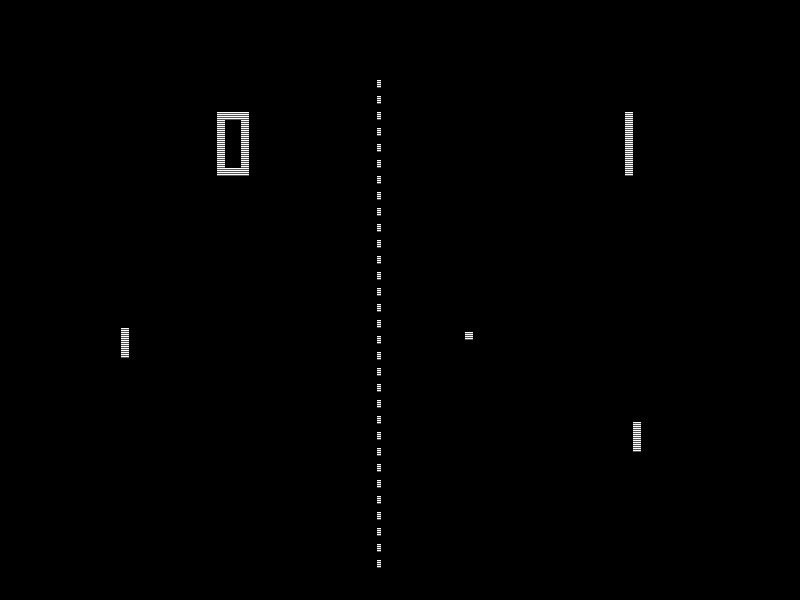
Baer continued to refine and re-imagine his creation. By 1968 he had a fully working prototype of a video game system. Baer's 'Brown Box' featured sixteen games (all variations on tennis or basic target shooting games), two paddle controllers and a lightgun accessory. The prototype was presented to many television manufacturers of the day, eventually resulting in a contract with Magnavox. The system was released as the Magnavox Odyssey in 1972. During production, Magnavox made several changes to the design of the Brown Box, including the use of plug-in cartridges rather than switches to change the game. These cartridges were not the ROM-based units of later consoles, nor did they contain any components. They were simply printed circuit boards containing a series of jumpers to change the game. Also, while Baer's original prototypes supported colour graphics, the Magnavox Odyssey was a purely black-and-white system, most likely a cost-cutting measure.
While there were earlier attempts (notably Spacewar! and other mainframe computer games), with the Magnavox Odyssey Ralph Baer invented the video game as we know it. However, despite the innovation present in its design, the Odyssey was not a big success. Poor marketing resulted in poor sales and it seemed as though home video games were destined for extinction before they ever really took hold.
In the end it was Atari who would turn Pong into a living room sensation. Taking the basic idea of the table tennis game included in the Odyssey, Atari founder Nolan Bushnell instructed employee Allan Alcorn to create an arcade version of the game. One of the earliest arcade titles ever produced and released in a resplendent wooden cabinet, Pong the arcade game was a resounding success. Teaming up with engineer Harold Lee, Alcorn proposed the idea of building a home version of the game. The first prototypes of home Pong were ready in late 1974; the first consumer units hit the shelves in time for Christmas 1975. Shortly after, home video games exploded into the public consciousness, becoming a must-have accessory in every seventies living room (just like orange and brown curtains). Atari would later be sued by Magnavox for copyright infringement over Pong; the matter was settled resulting in the payment of royalties to Magnavox for all Pong systems sold by Atari and others.
Microprocessors were non-existent in the early days of Pong; instead the games were based on discrete logic circuits, resulting in a sort of codeless finite state machine. Contrary to popular belief, the use of discrete circuits does not make these early games analog systems. They do feature analog controls and signal output, but the games themselves were based on diode-transistor logic (DTL), an early form of digital circuity and precursor to the transistor-transistor logic scheme (TTL) used in most modern computing circuitry. Later Pong releases featured a more streamlined circuit design, quickly culminating in 'Pong-on-a-chip' which featured the entire game on a single integrated circuit.
Simple bat-and-ball games (or Pong-likes) would become the standard for home video games over the next five or so years. Dozens of companies released hundreds of variations, capitalising on the TV game boom. Gradually though, Pong became less and less relevant and eventually obsolete entirely, as arcade games were getting increasingly advanced and more complex (enter Space Invaders!) and a new wave of microprocessor-based home consoles was about to wash away the last remnants of a once burgeoning Pong industry.
My Pongs
Currently, I have just two Pong-like TV games, both of which I have picked up only recently. The first is a Binatone Colour TV Game 4-plus-2 (model number 01/4850), just one of many Binatone TV games that were released in the mid-to-late 1970s. The original Binatone releases (TV Master) were black and white, while later games (Colour TV Game) featured colour graphics. Sound is limited to the 'beeps and boops' school of sound effects and is produced via a speaker in the unit itself. TV connection is via standard RF and the system is powered by a 9v DC adaptor with a 3.5mm jack (or six D batteries, if you choose).
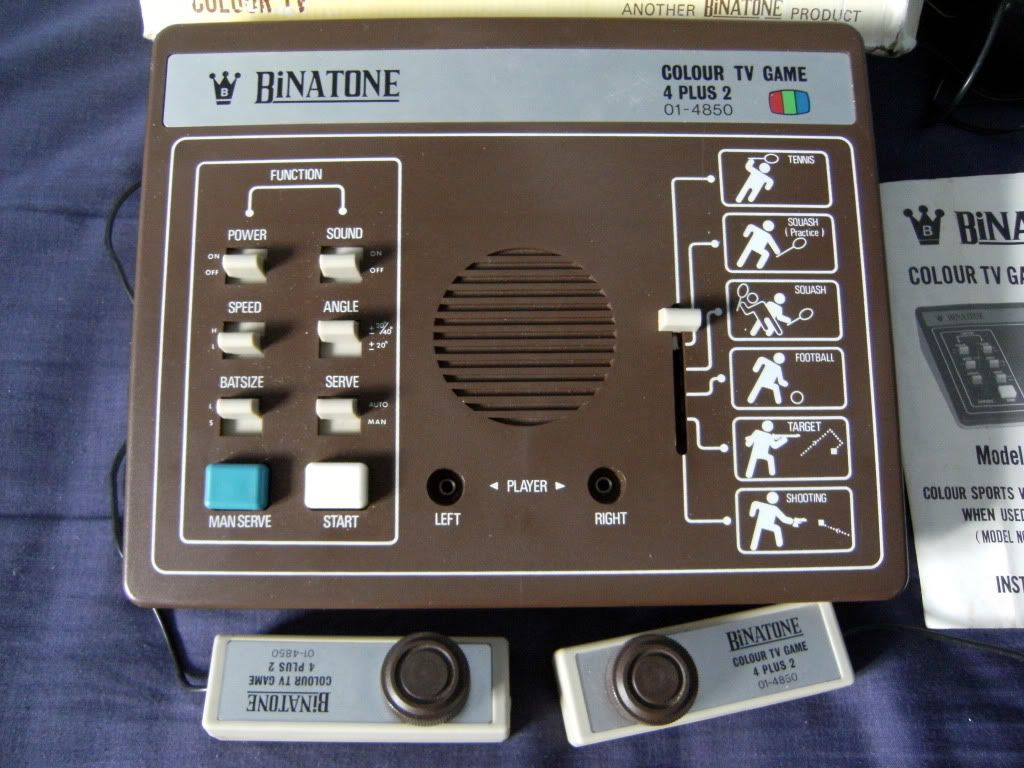
"The most exciting, fascinating home video game ever built for your family!"
The system features a line-up of six games and have two detachable paddles for control. It can also be used with the Binatone TV Gun (sold separately), which enables the player to use the final two included games (the 'plus-2' part of the game). Below is a game-by-game breakdown of the six modes featured on this systems, complete with pictures from the original instruction leaflet.
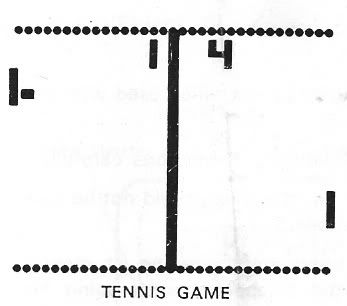
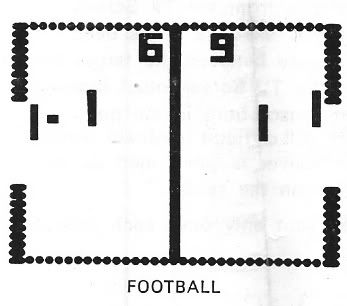
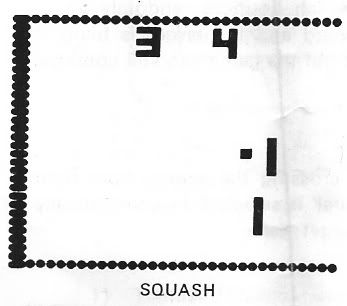
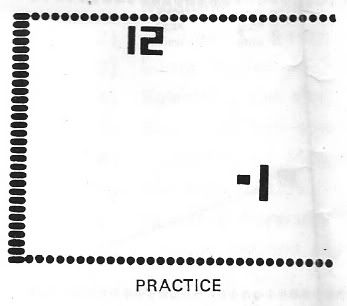

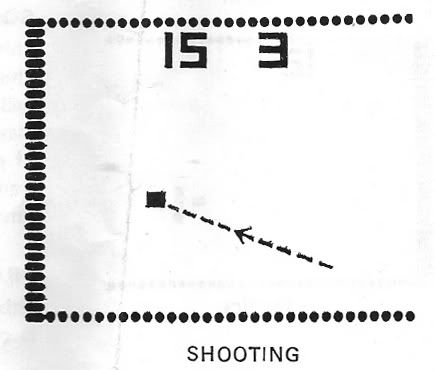
1. Tennis - Basically Pong. A two-player ball and bat game where the object is to bounce the ball past your opponent and rack up your score. Scoring goes up to 15 either way.
2. Squash (Practice) - A single-player Pong variant where the ball bounces against a wall rather than across to another player.
3. Squash - A two-player version of the game above. The players must take turns to bounce the ball back against the wall. Interestingly, in order to keep the correct player order, only one bat at a time can make contact with the ball – the ball will go straight through the other one.
4. Football - A nice two-player game where each player controls a striker and a goalie, who move in tandem. The striker can bounce the ball past the opponent's goalie, who must try to save the goal by bouncing the ball away. A more complex Pong.
5. Target - Requires the TV gun. The player must hit a moving target on screen. The target moves randomly around the screen until the shot is fired.
6. Shooting - Also requires the TV gun. The target moves from left to right across the screen and must be hit before it leaves the screen.
The system features a set of option switches to alter the conditions of the above games. Speed and Bat Size can be altered, an Angle switch allows for one or two possible angles of deflection when bouncing the ball off your bat, and a Serve switch selects either automatic or manual serving for all games.
Of note is the text on the box which says "licensed from Magnavox USA" – thanks to the legal settlement with Atari over the rights to Pong in the 1970s, Magnavox ended up with the rights to license Pong to anyone they chose. Binatone were just one of many worldwide companies to release Pong-like TV games as part of their electronics range. These days they are best known for producing home telephones and GPS systems.
The second Pong-like game I own is a Prinztronic Tournament Ten system, a colour system from around 1977 which features ten games. The controllers feature a tiny joystick and a single fire button and are hard-wired into the unit, sitting nicely in two little pockets on either side of the system. Again, sound is produced directly from the system, output is via RF and power is provided either by an optional 9v adaptor (2.5mm jack) or six D batteries.

"One of the most advanced and most realistic TV games now available!"
Below is a brief summary of the ten games featured on this system, which are selected by a series of push-buttons rather than the manual switches found on most similar systems. Most of the games are slightly more complex than those on the Binatone system, thanks to the joystick control and serve (fire) button (rather than simple paddles). Again, pictures are provided courtesy of the vintage instruction booklet.
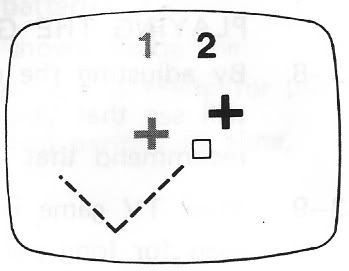
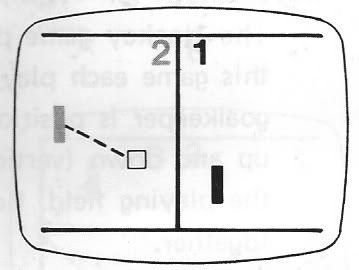
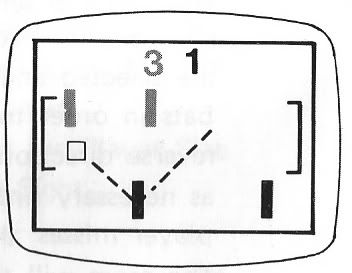
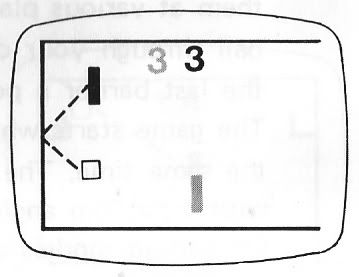
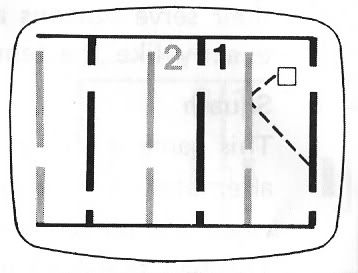
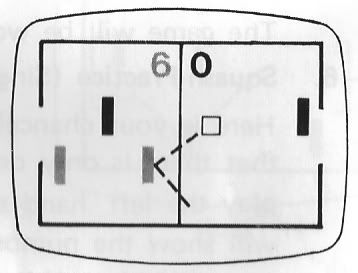
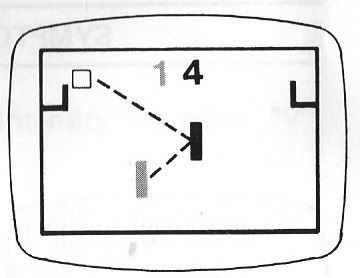
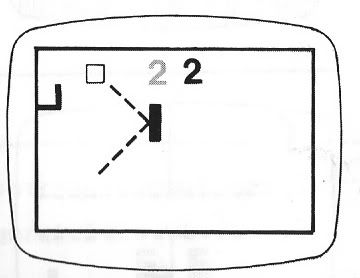
1. Space Target - A two-player game where the players must hit a moving target on the screen by lining up a set of cross-hairs with the target. Each player is allowed one shot at each target, the first to hit it wins a point. Scoring goes up to 15.
2. Target Practice - A single-player version of the above, which keeps track of the number of hits and misses.
3. Tennis - Pong again. A two-player ball and bat game where the aim is to bounce the ball past the other player.
4. Hockey - Similar to the soccer game included in the Binatone systems but with an extra dimension. Each player controls a forward and a goalie who move vertically in tandem as in soccer, but the forward can also move left and right across the screen. The object is to bounce the ball past your opponent's goalie, who can save by bouncing the ball away again.
5. Squash - A two-player Pong variant. The ball is bounced against a wall rather than across to another player, just as in the Binatone game, but a different method is used to enforce correct play order. Rather than the ball 'ignoring' an out-of-turn player, if the wrong player hits the ball it is considered a fault.
6. Squash (Practice) - A single-player version of the game above which keeps track of how many times you can hit the ball back against the wall without missing, up to a total of 15.
7. Gridball - A complex, interesting Pong variant where each player has three sets of vertically movable barriers with gaps in them. The object of the game is to bounce the ball through your opponent's barriers using your own barriers.
8. Soccer - As far as I can tell, this is identical to the hockey game on this very system, with only minor visual differences. Cheapskates.
9. Basketball - Interesting two-player Pong variant where the object is to bounce the ball into your opponent's basket (a small pocket at the top of the screen) without conceding any baskets.
10. Basketball (Practice) - A single-player version of the above which keeps track of the number of baskets made and the total number of shots taken.
The Prinztronic system features less options than the Binatone, but it does have switches for speed and bat size (amateur or professional) for both left and right players. Sound cannot be disabled on this unit, which makes it perfect for annoying everyone in a hundred metre radius.
Prinztronic was actually a brand-name belonging to UK electronics retailer Dixons, just another company to jump on the Pong bandwagon in the late 1970s, although they were also one of the few to experiment with programmable TV games at that time. Prinztronic released a significant line-up of programmable, cartridge-based systems, mostly licensed from other European companies such as Radofin. After a successful run of products including video games, calculators and alarm clocks, the Prinztronic name was retired in the 1980s.
So there you have it. A little trip back in time for those that remember the good old days of the first video games and hopefully a bit of information for those who are too young to remember. Like I said at the start of this blog, I was introduced to games long after the Pong craze had died a death so things like these are not only cool retro items to me, but genuine pieces of history to be uncovered and explored. I was not around to witness the birth of my hobby, but I'll be damned if I can't be nostalgic for it anyway.






































































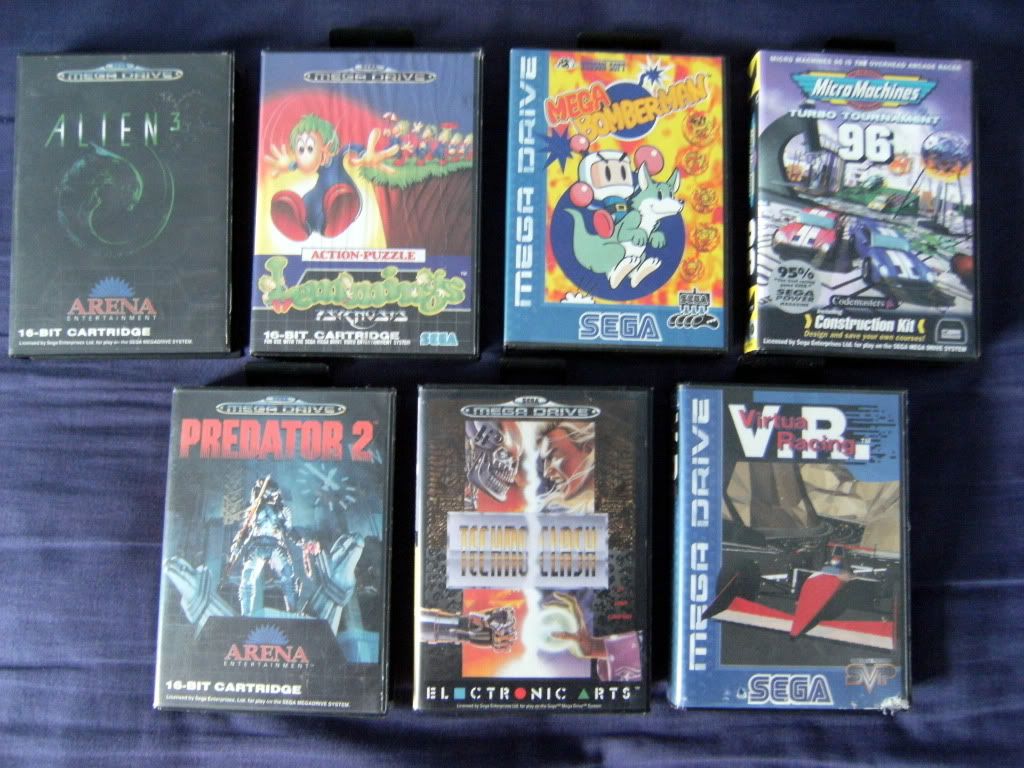
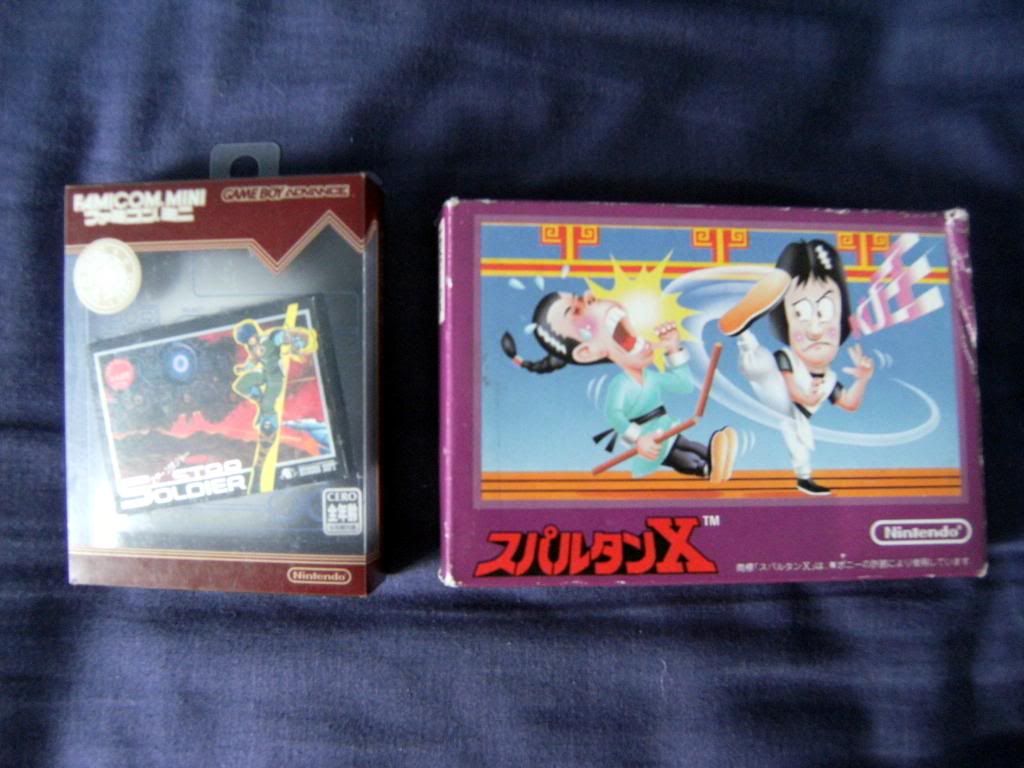
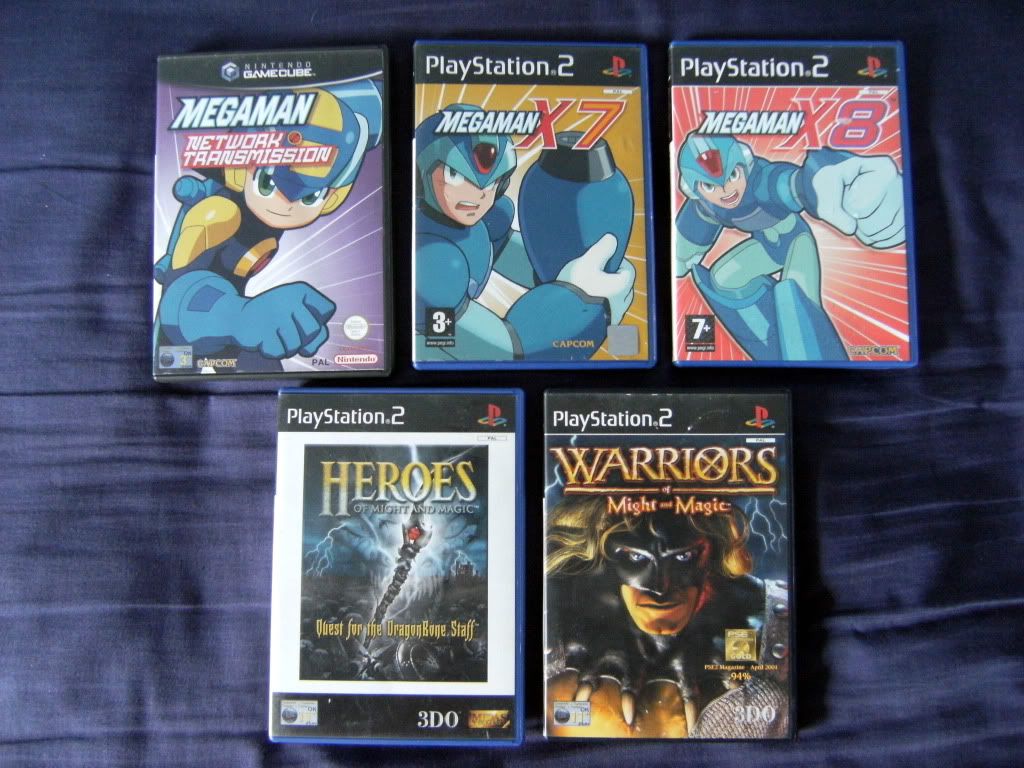
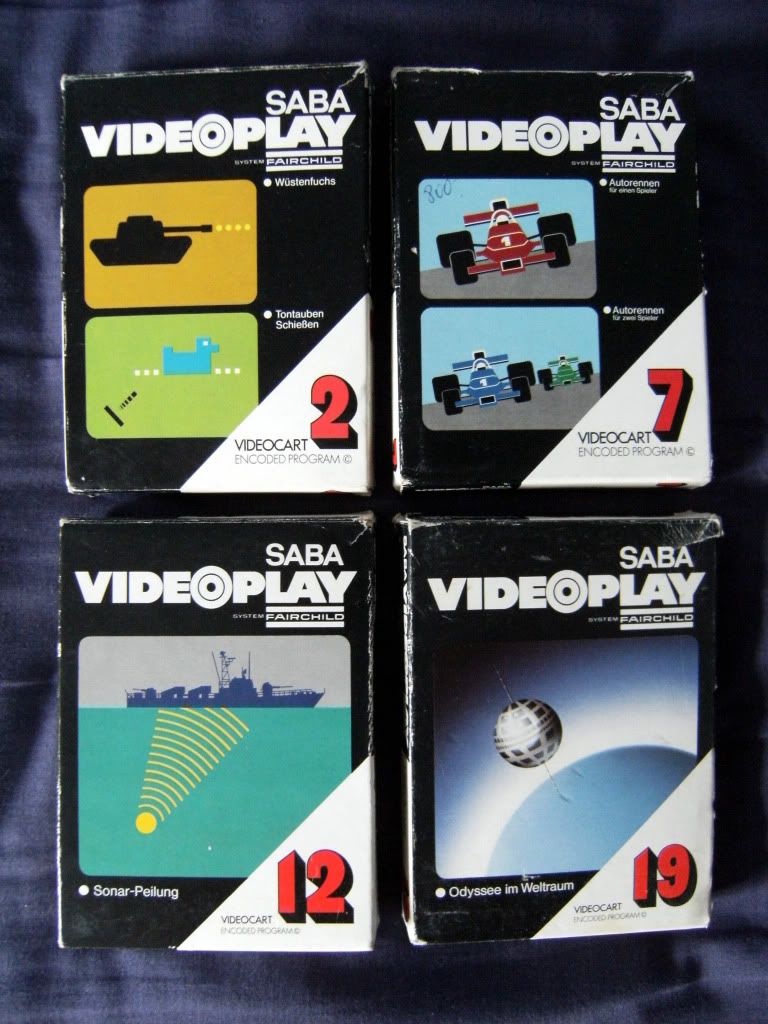
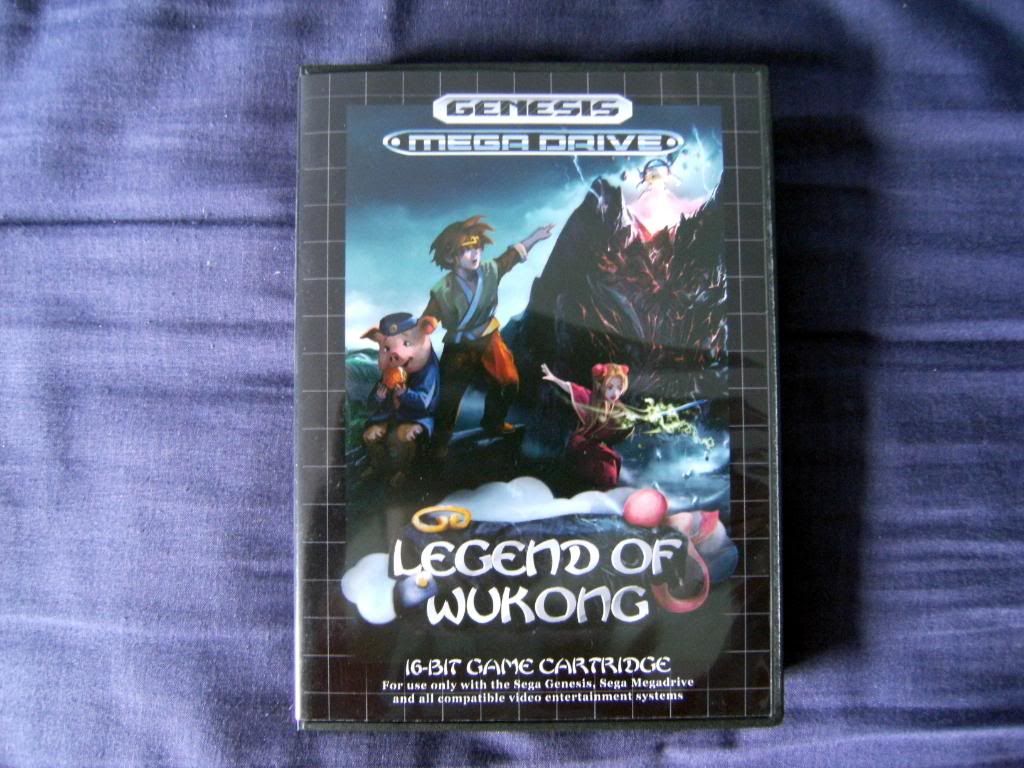
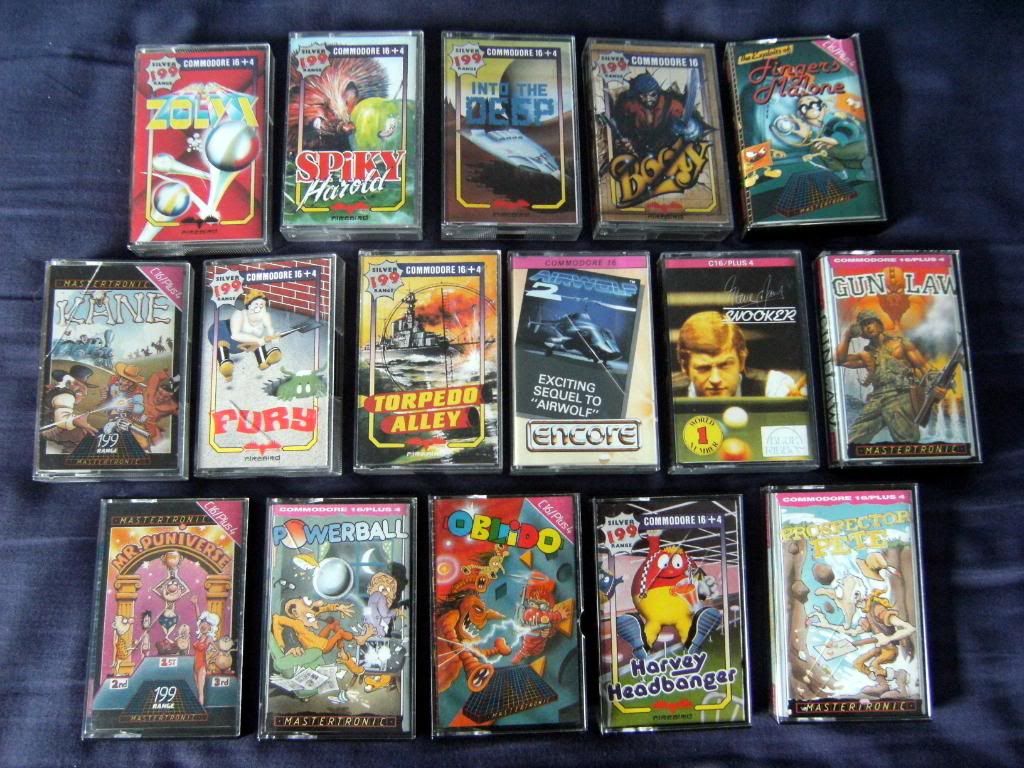
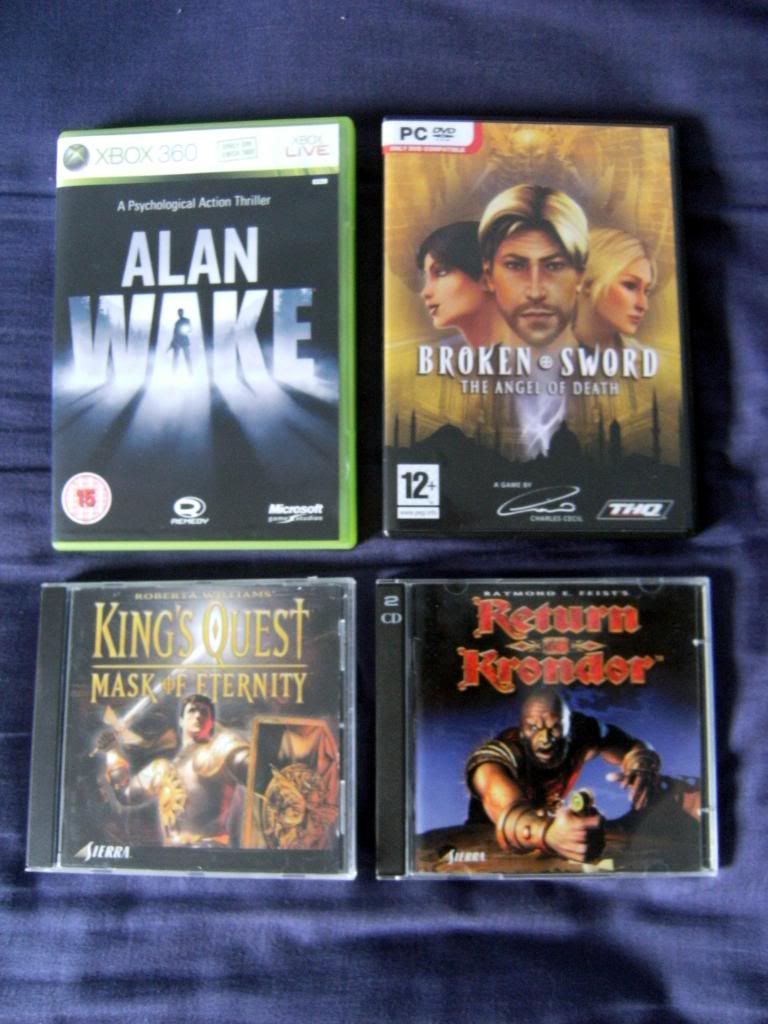
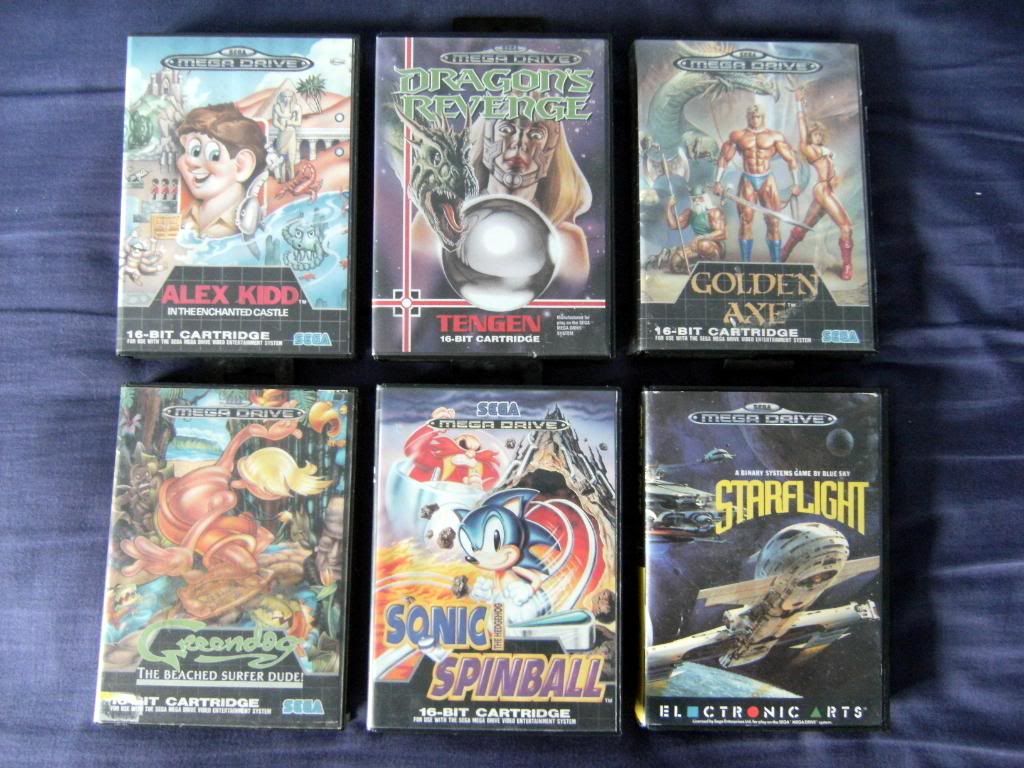
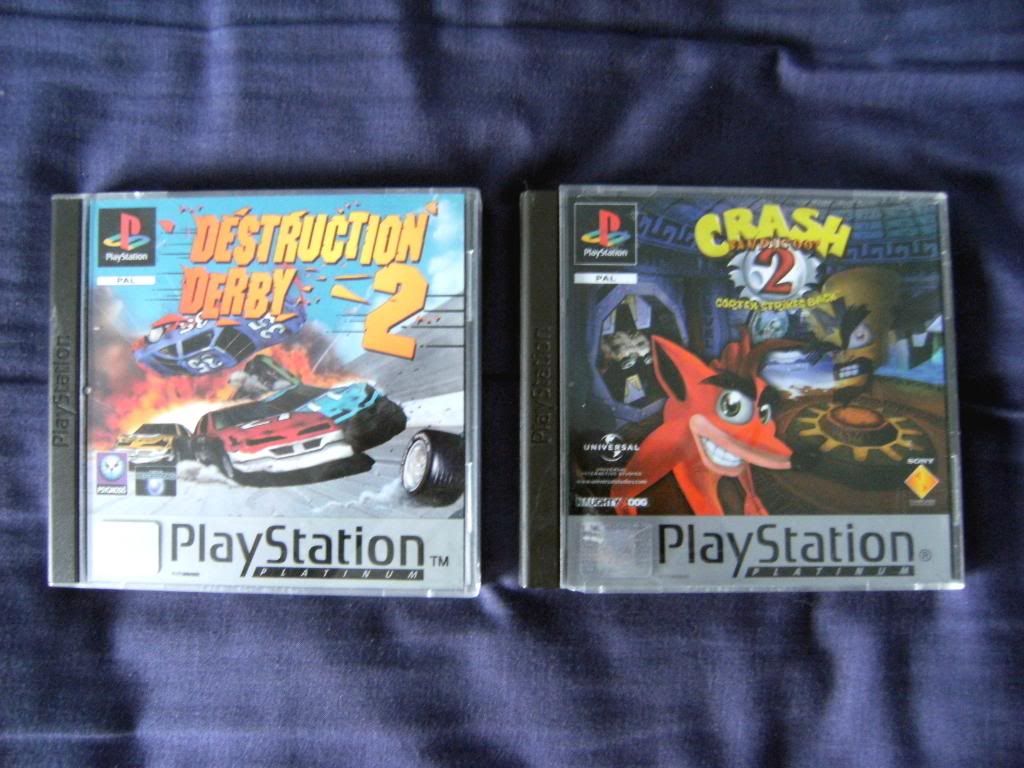
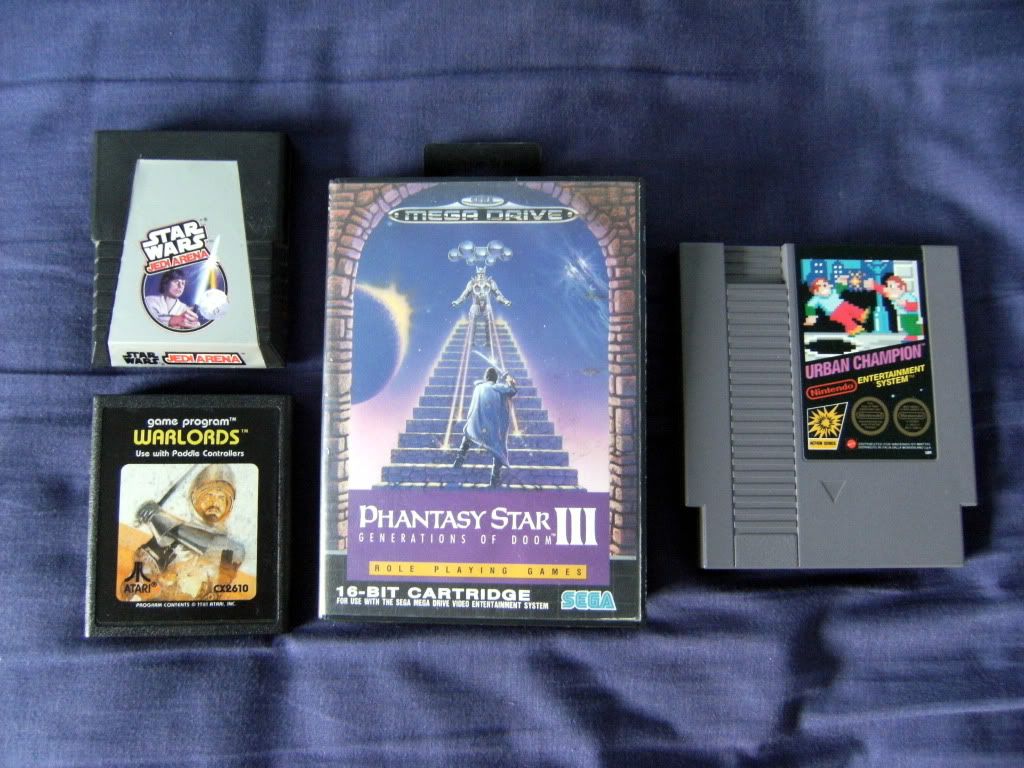
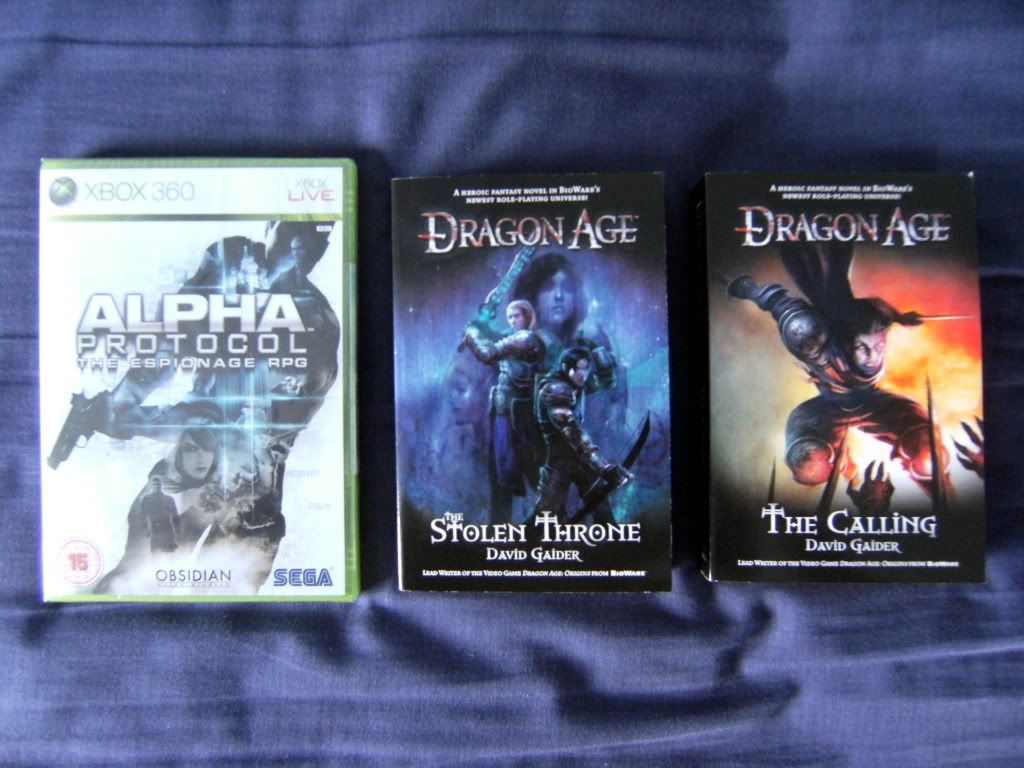

















































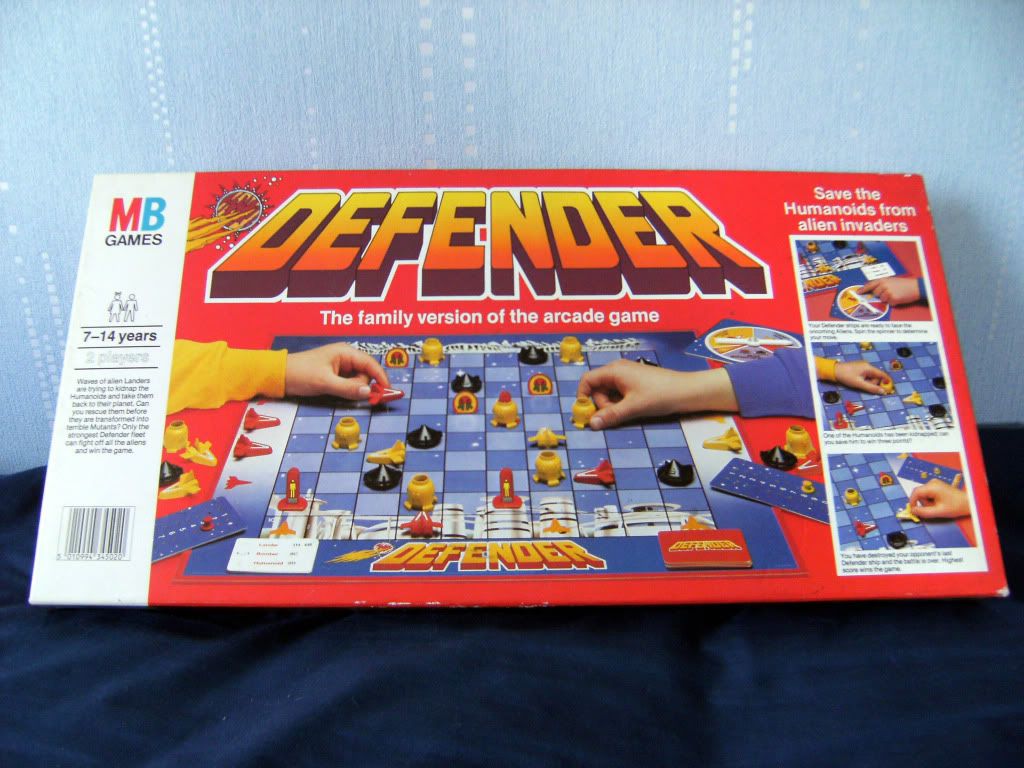
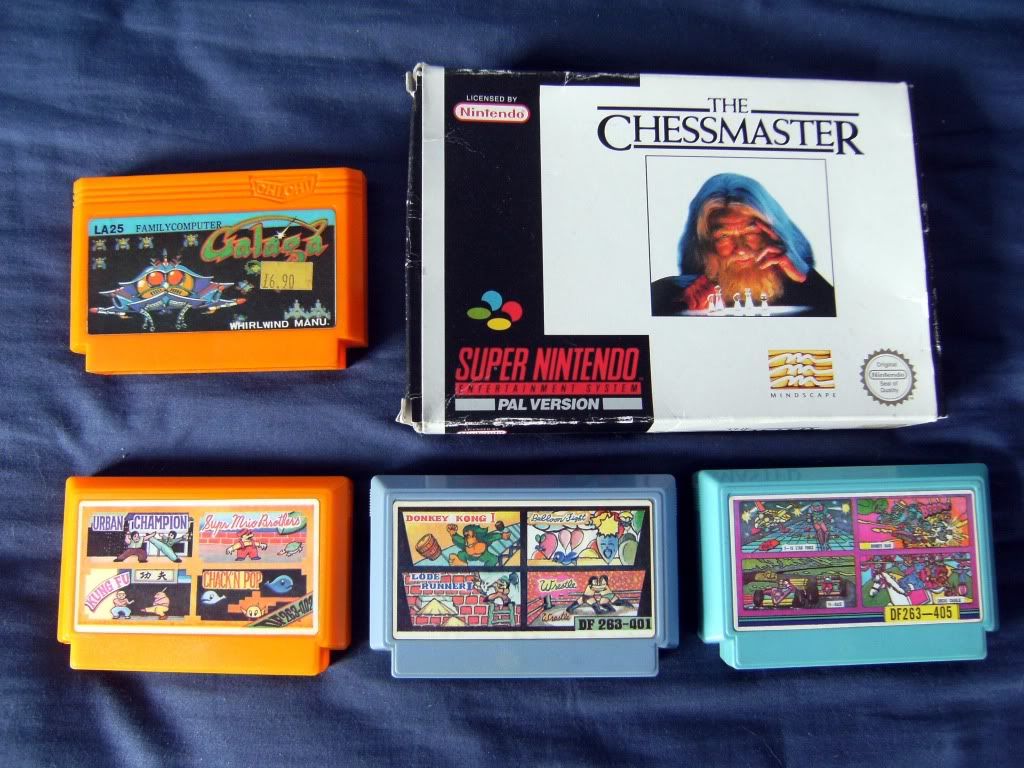
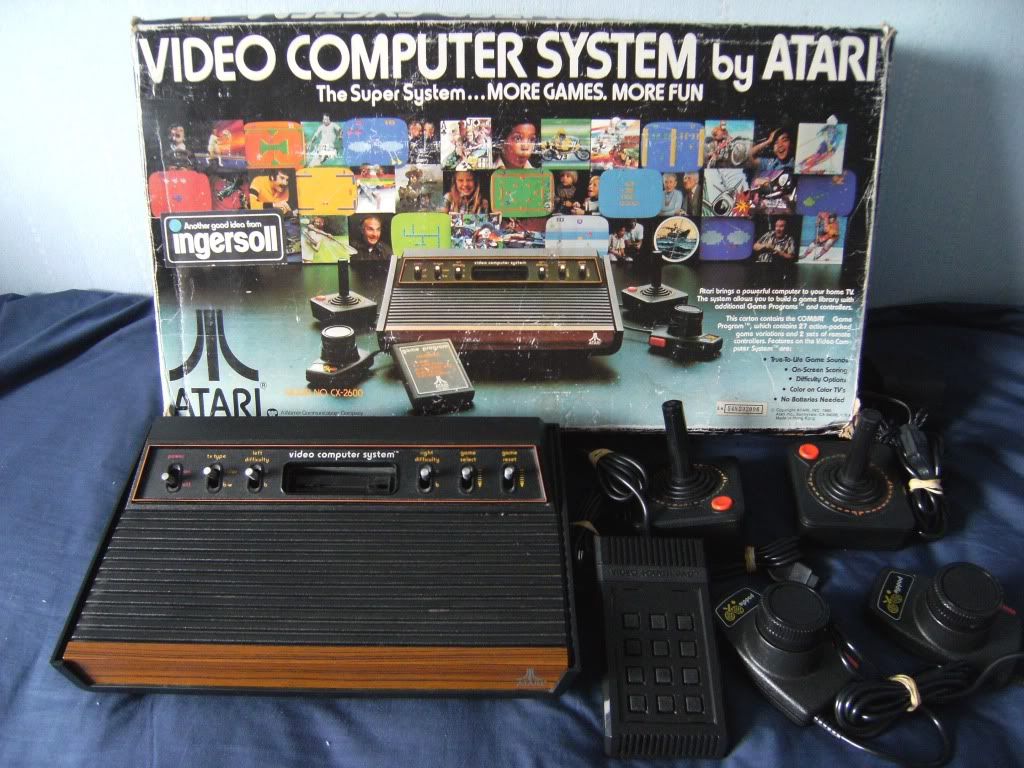
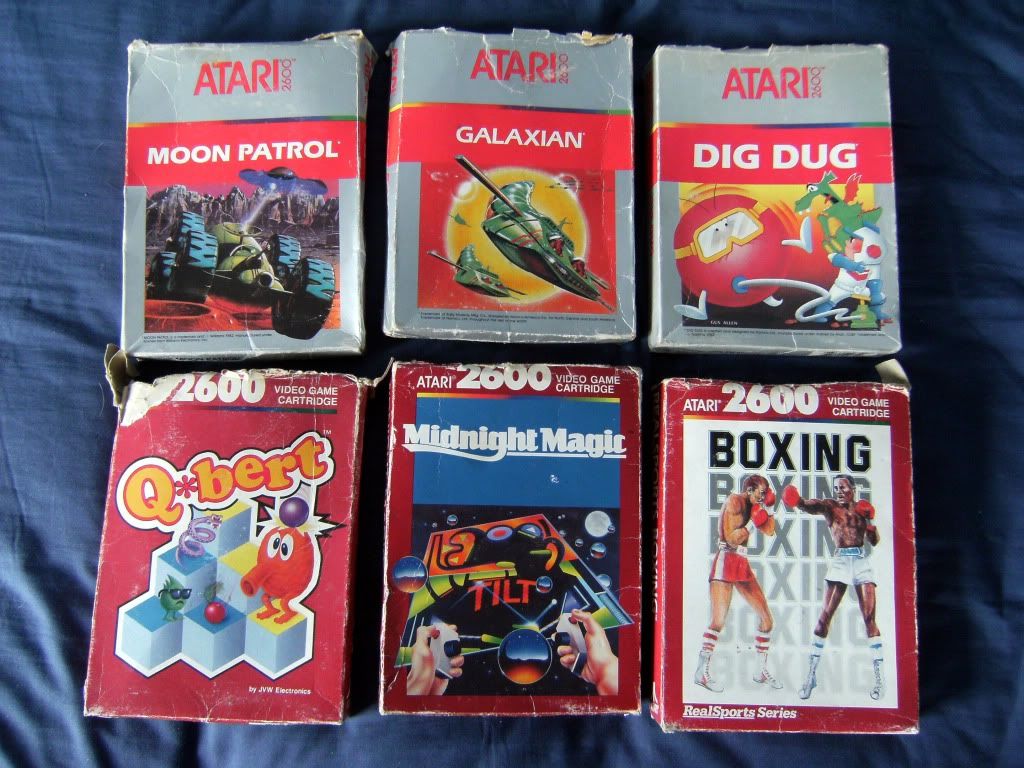
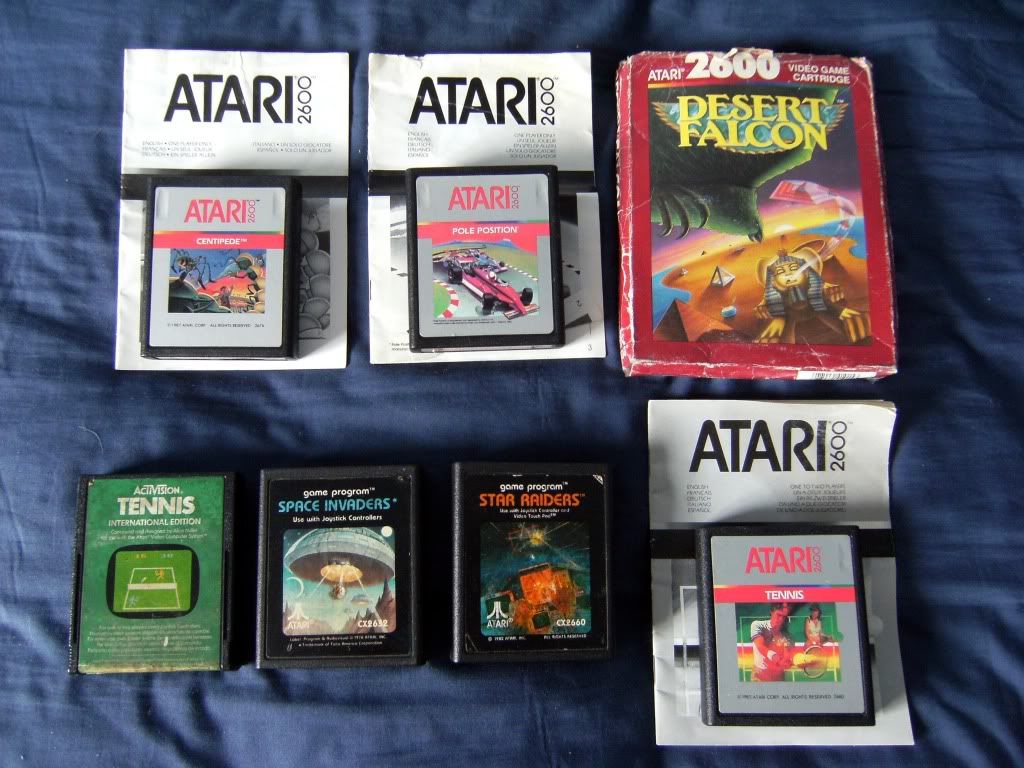
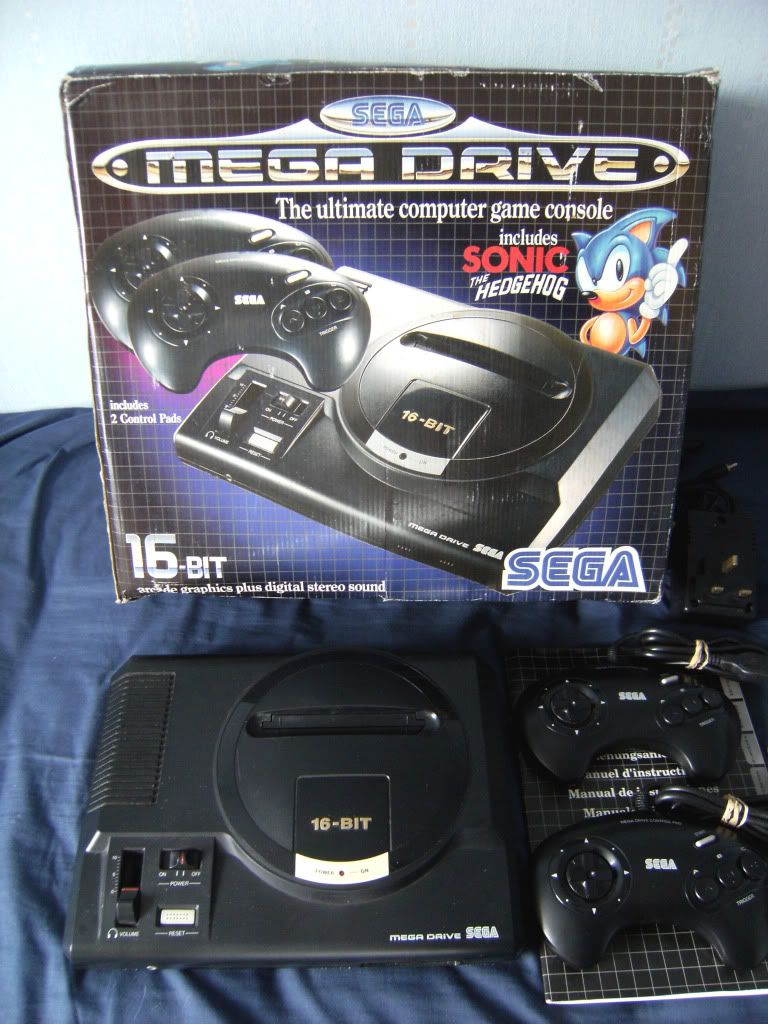
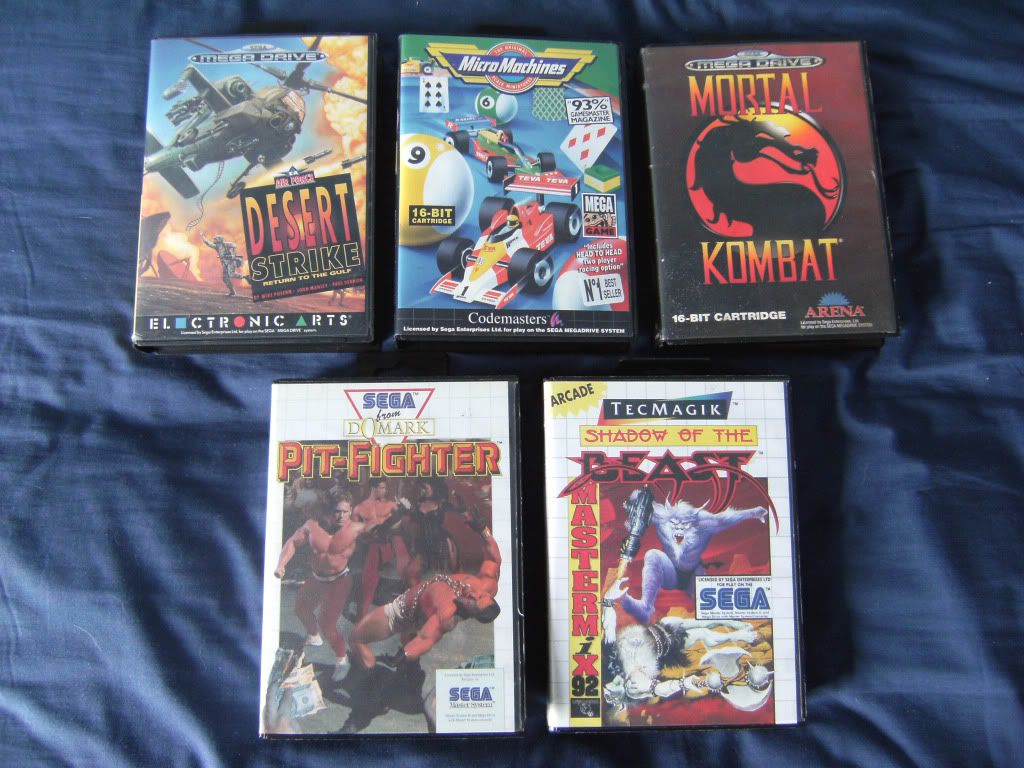
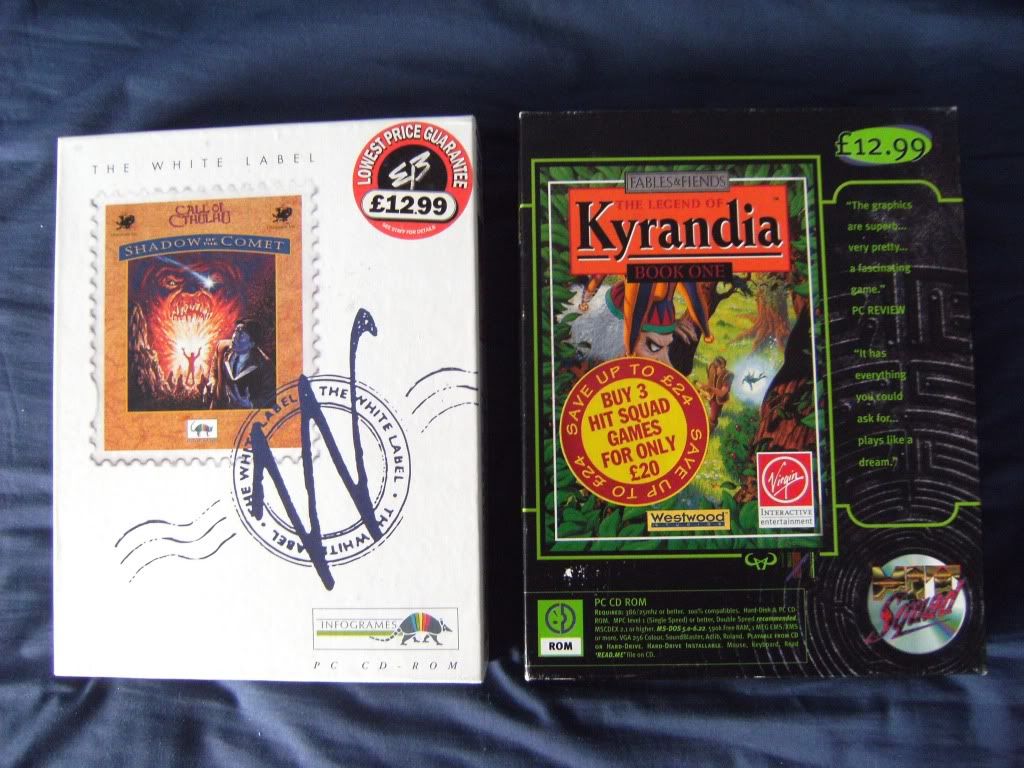
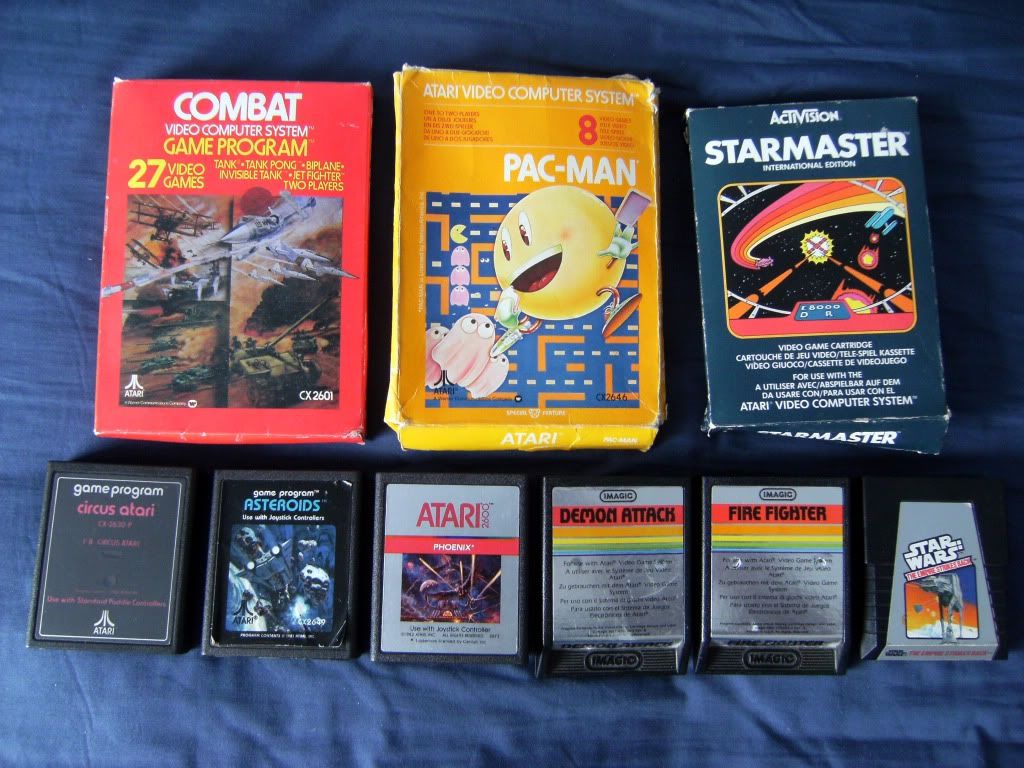
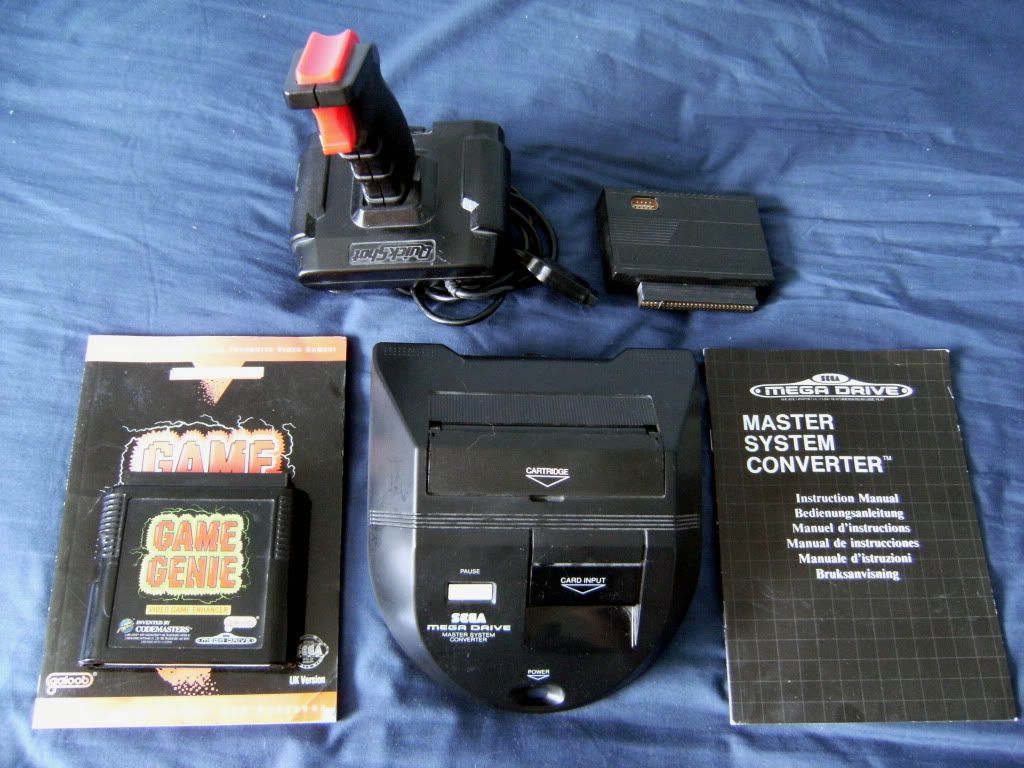

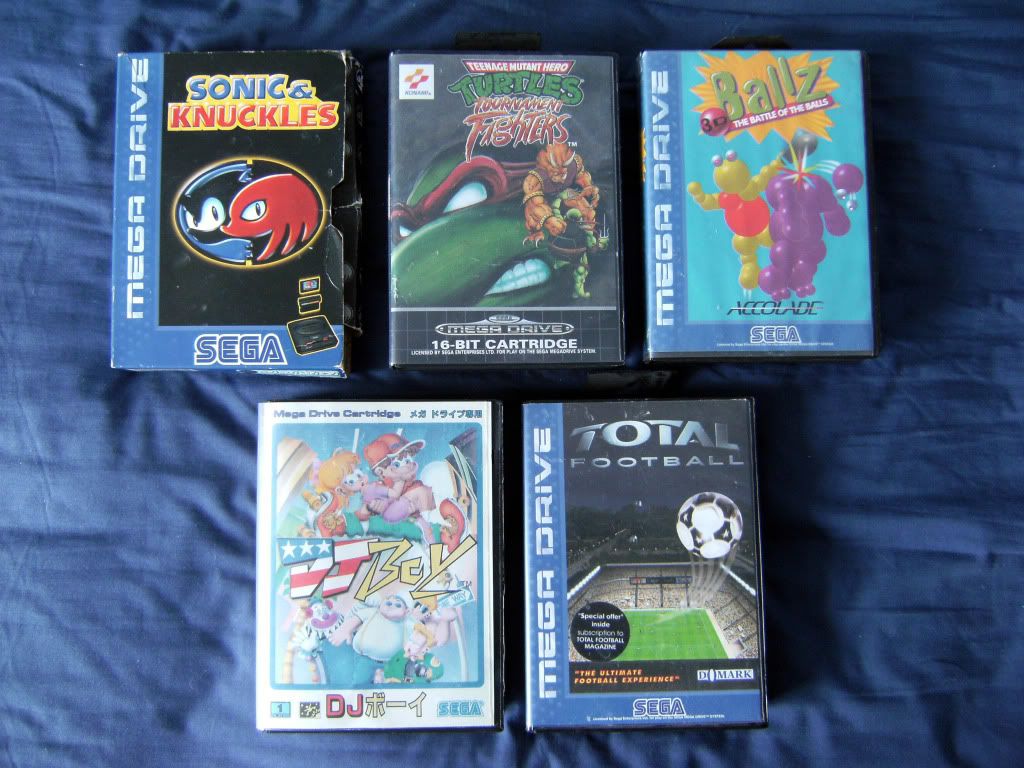
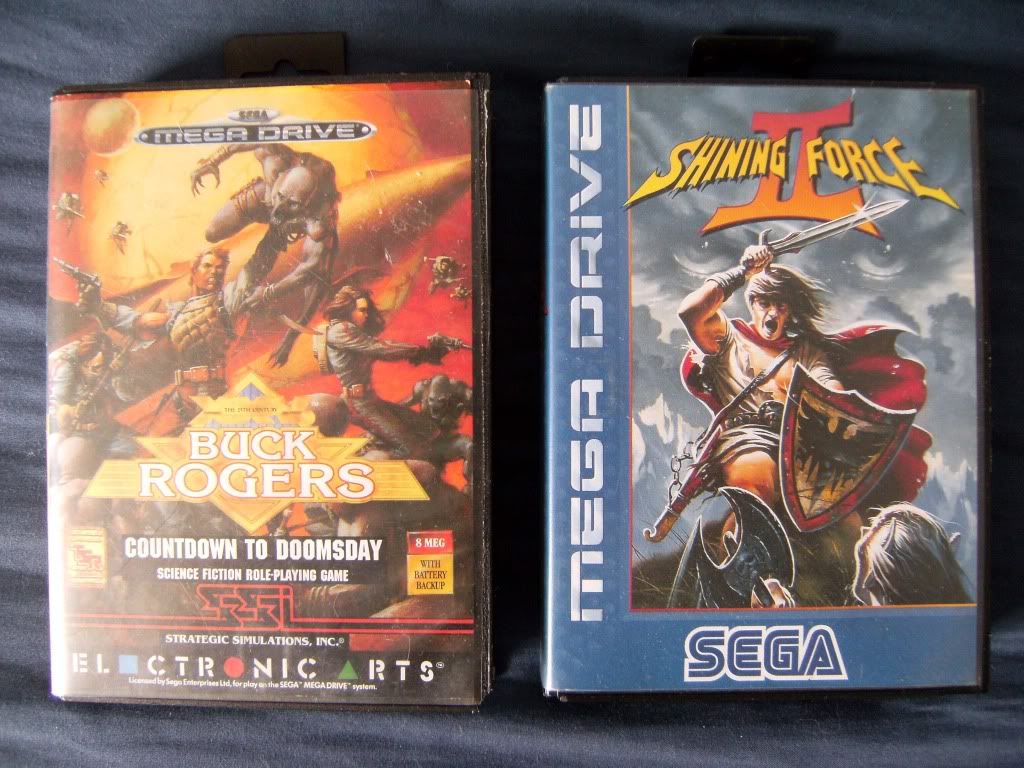

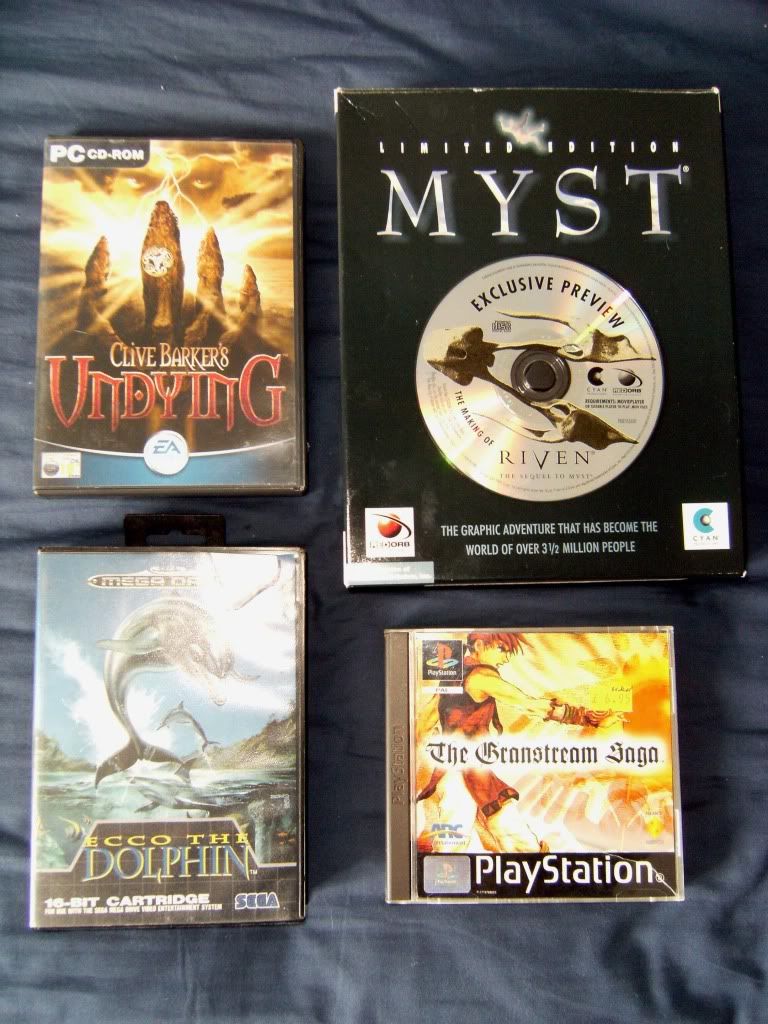
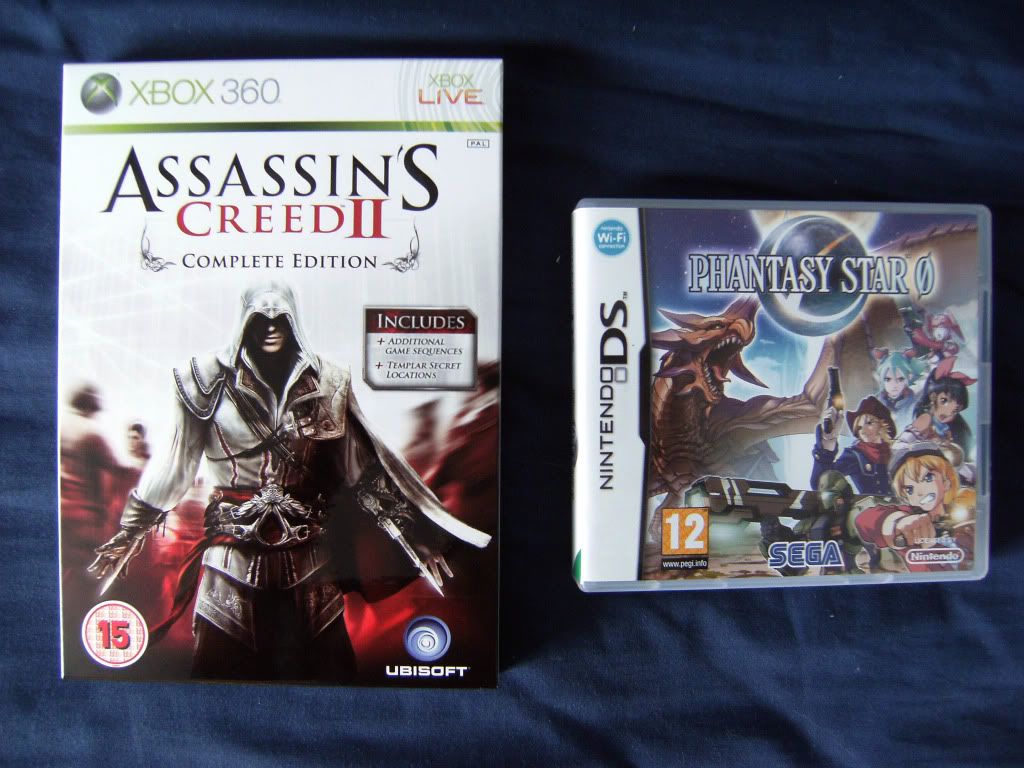

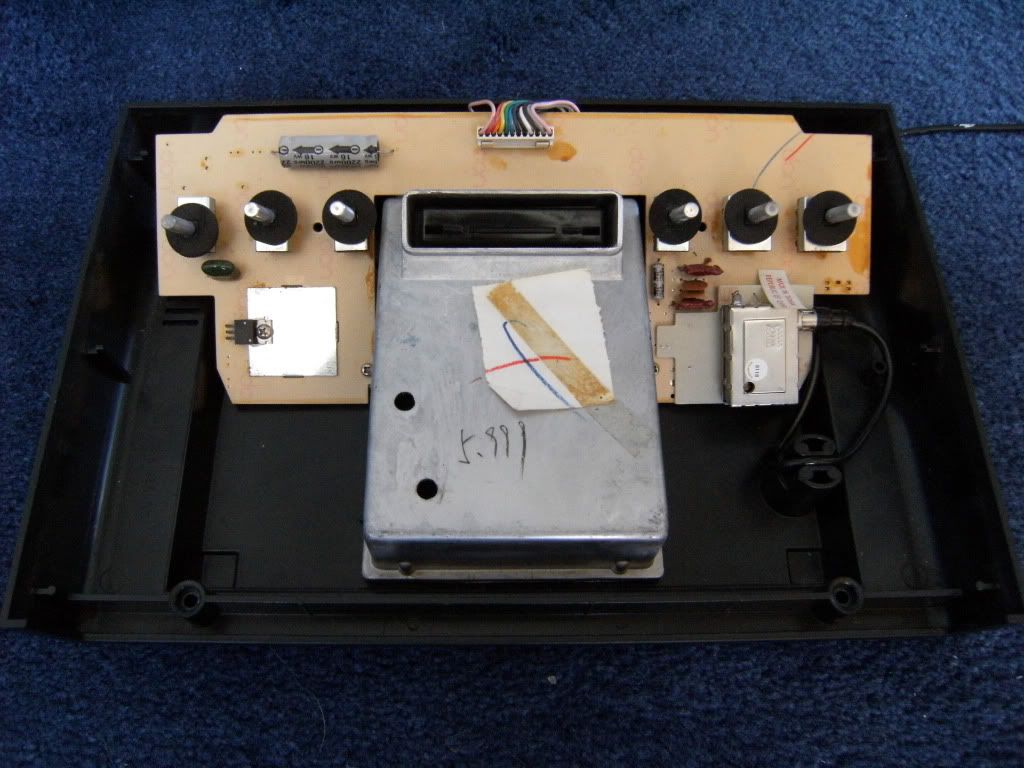
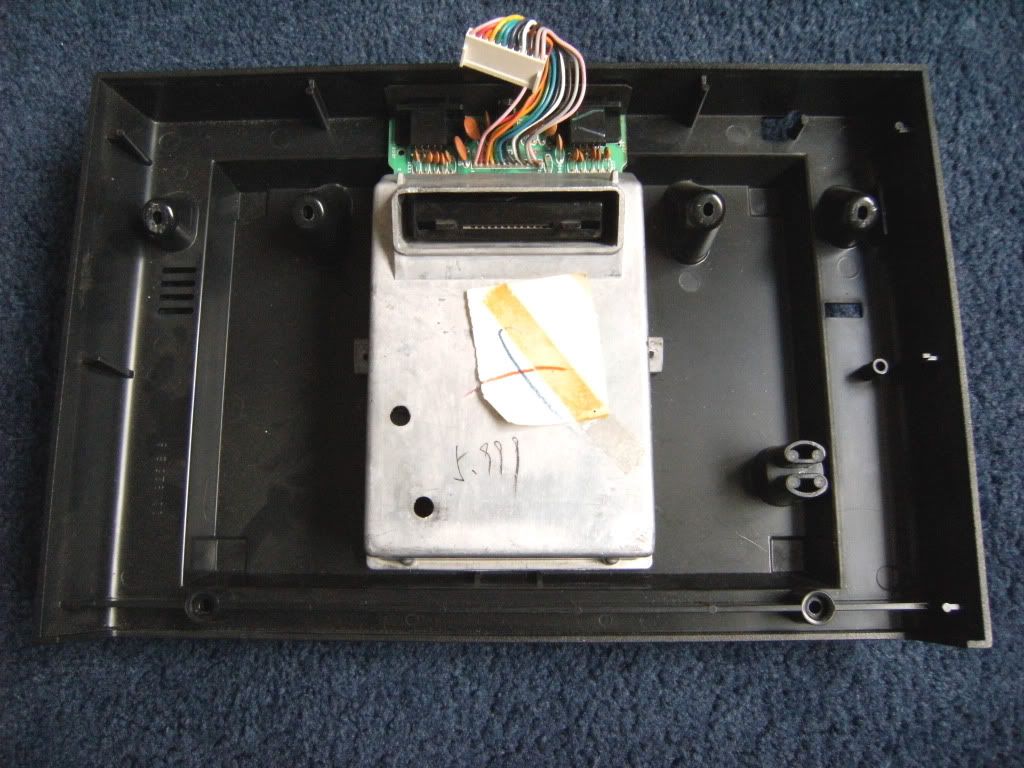
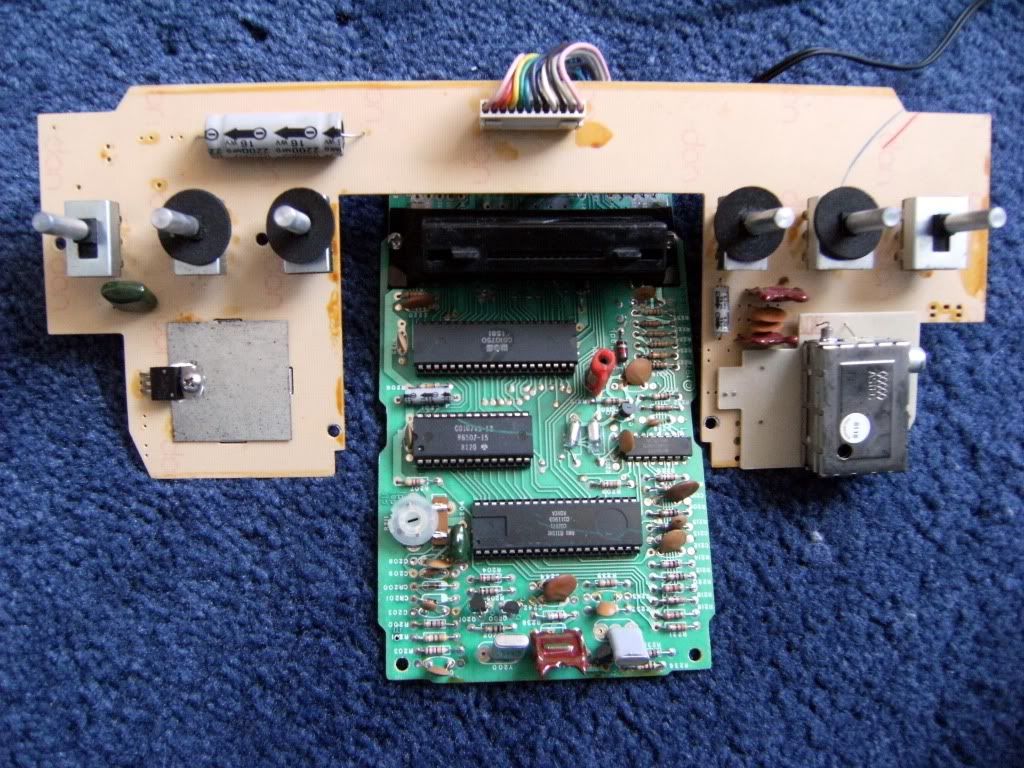
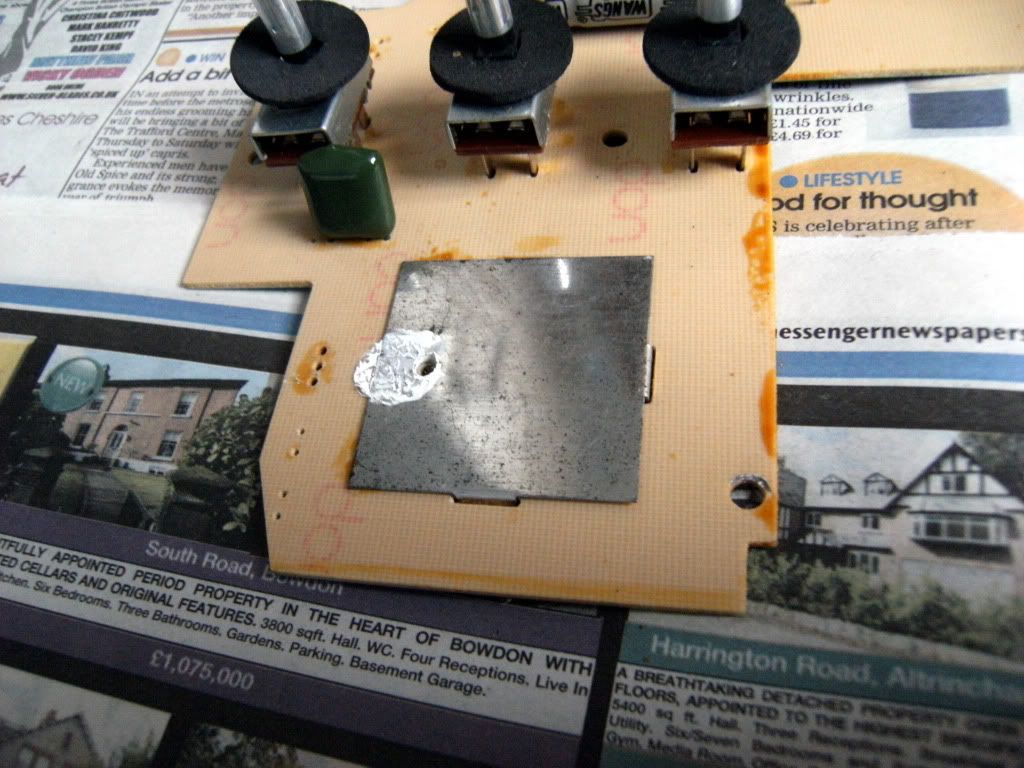
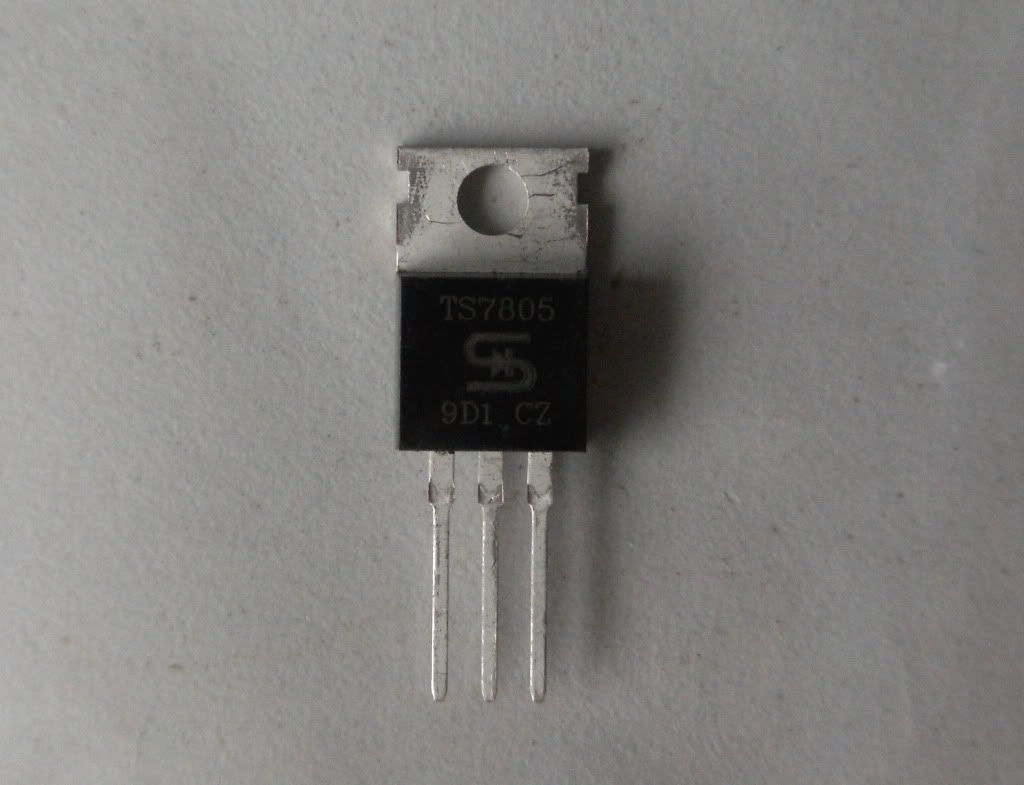
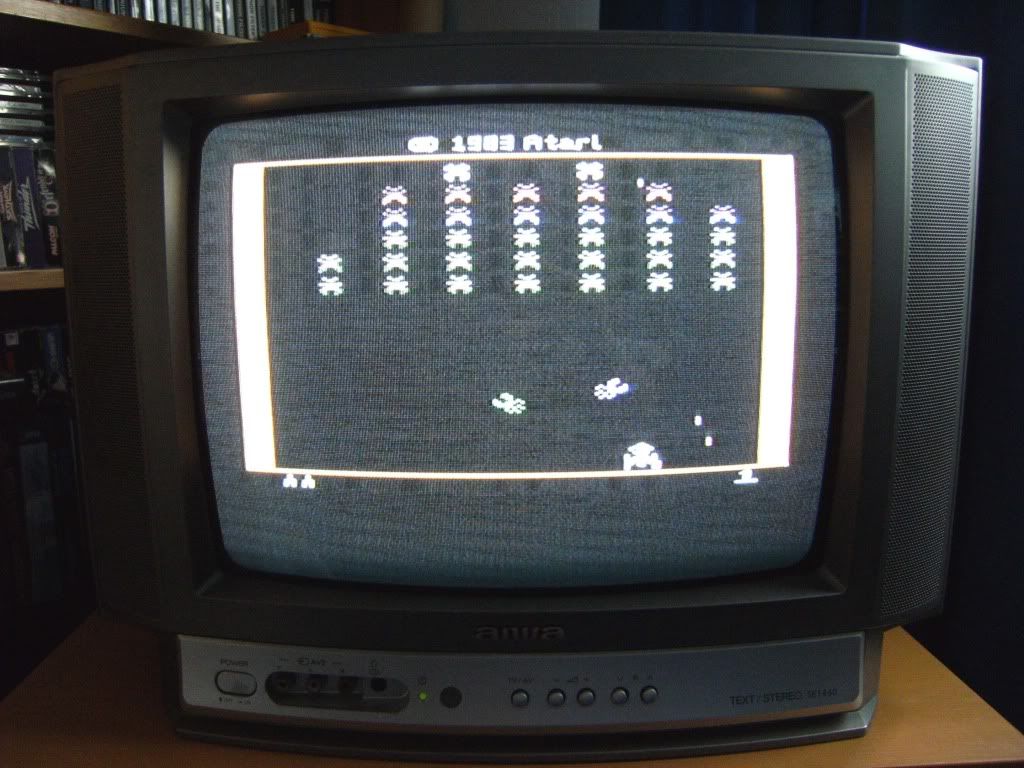























































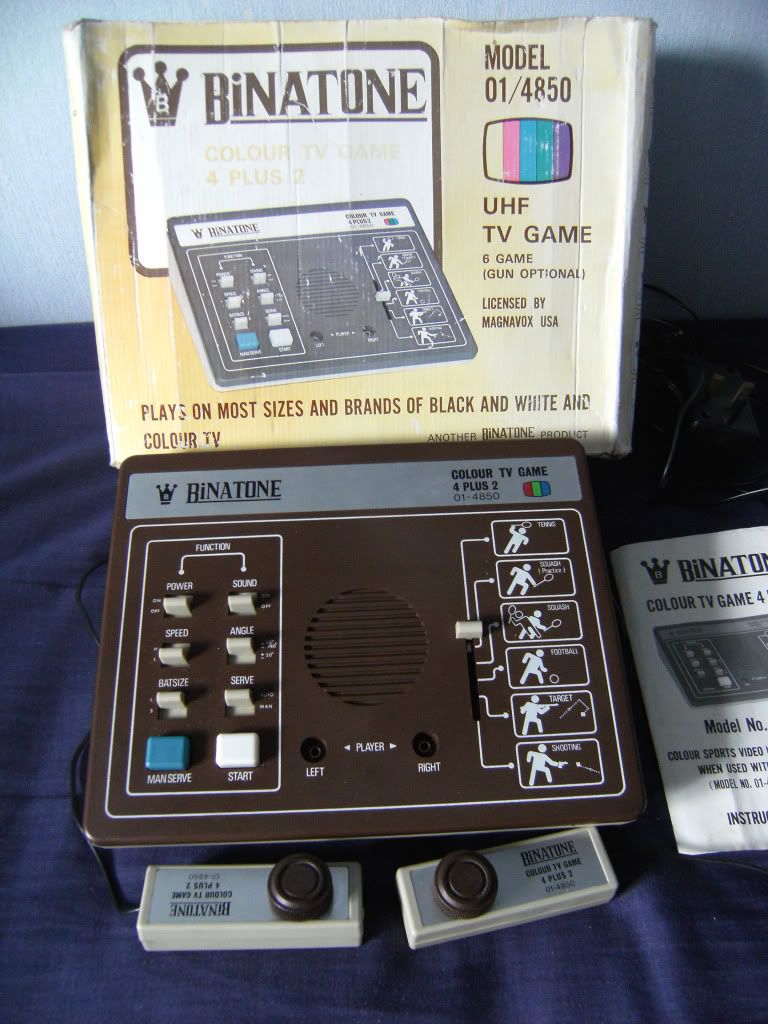
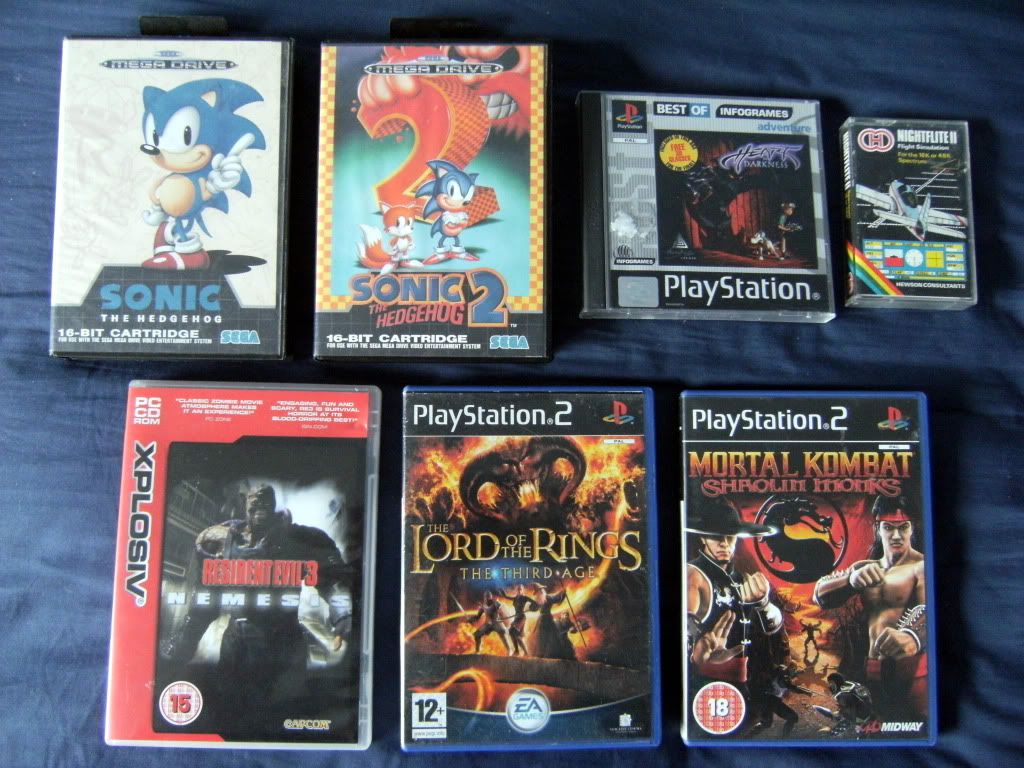
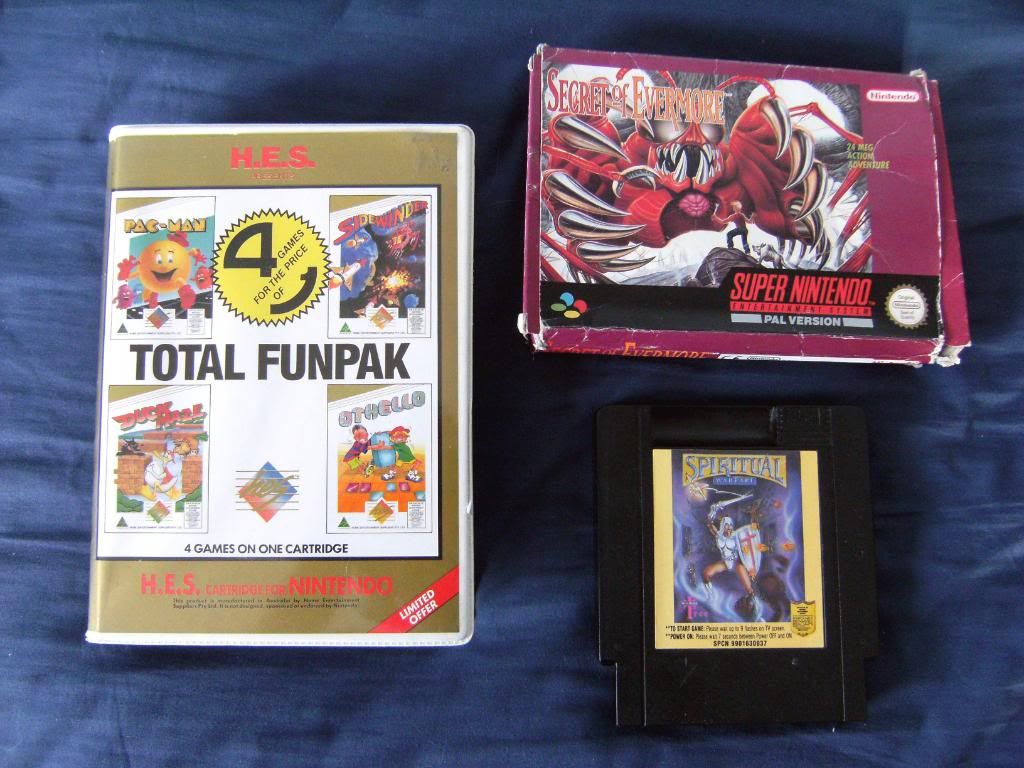
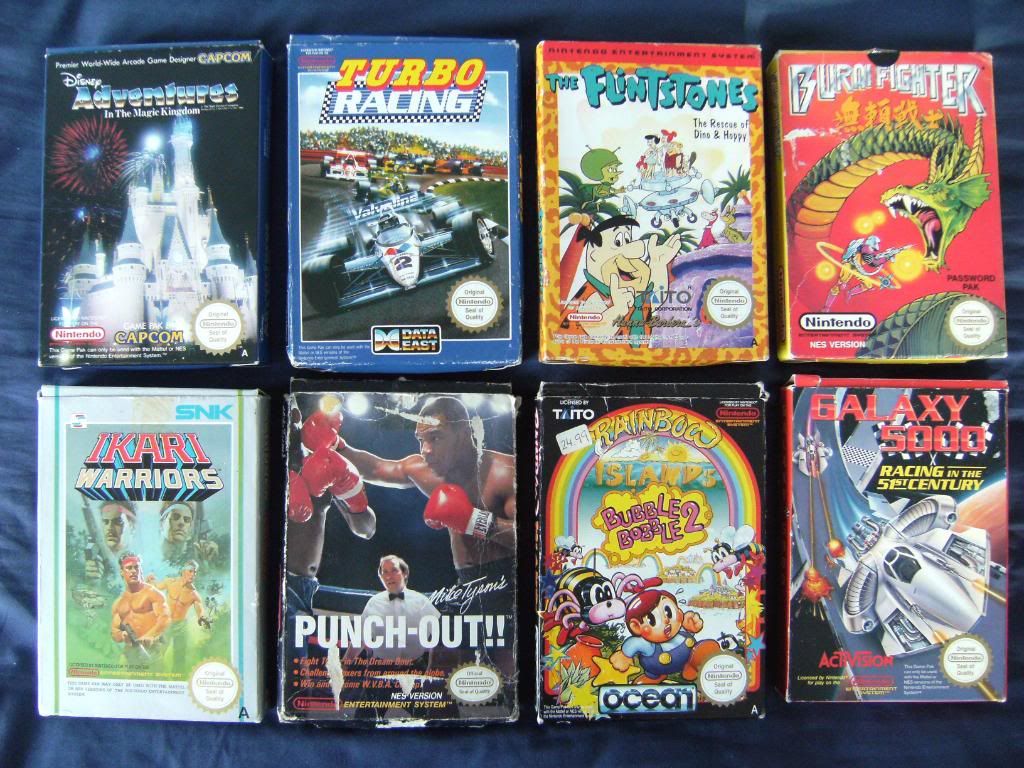
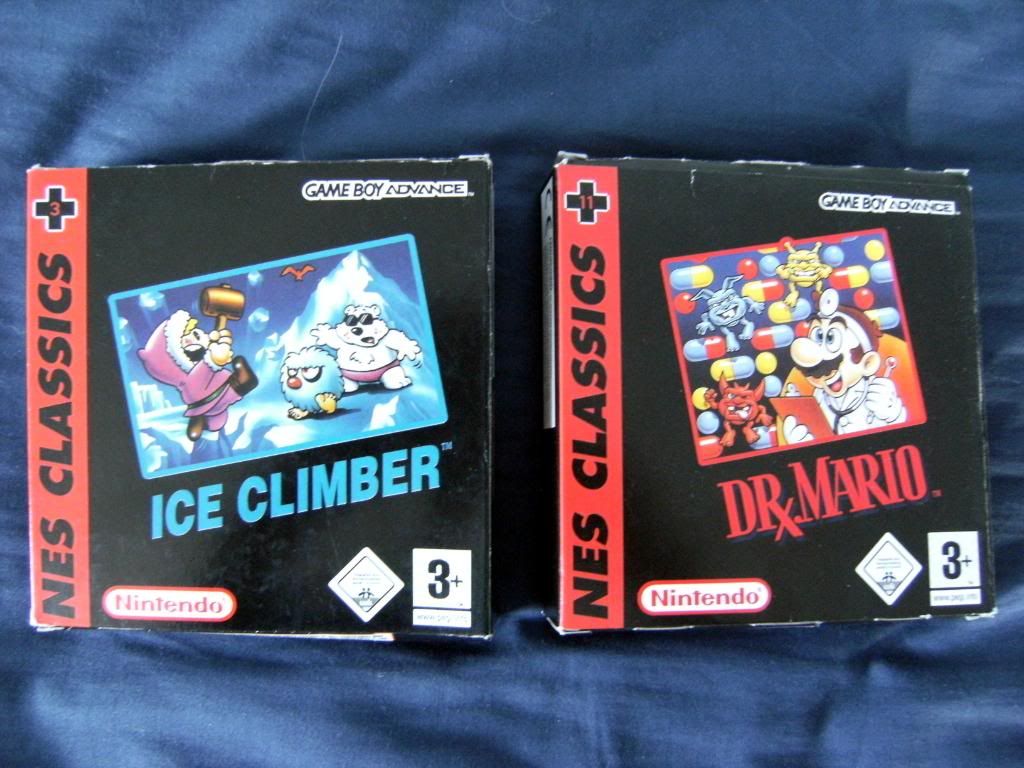
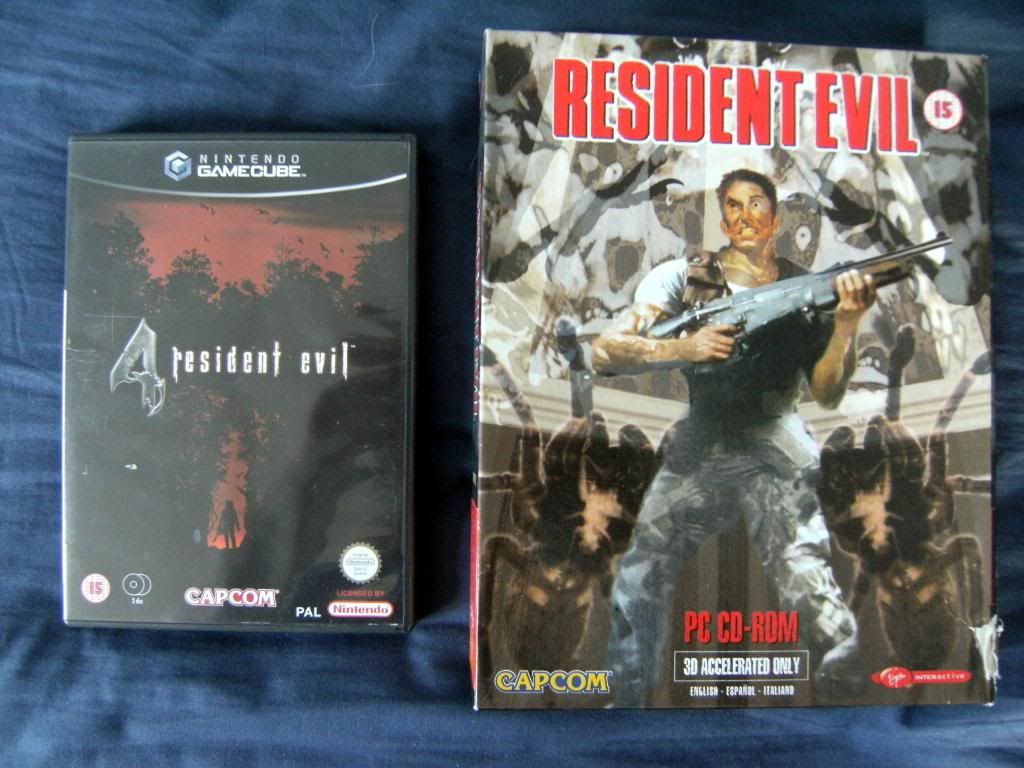
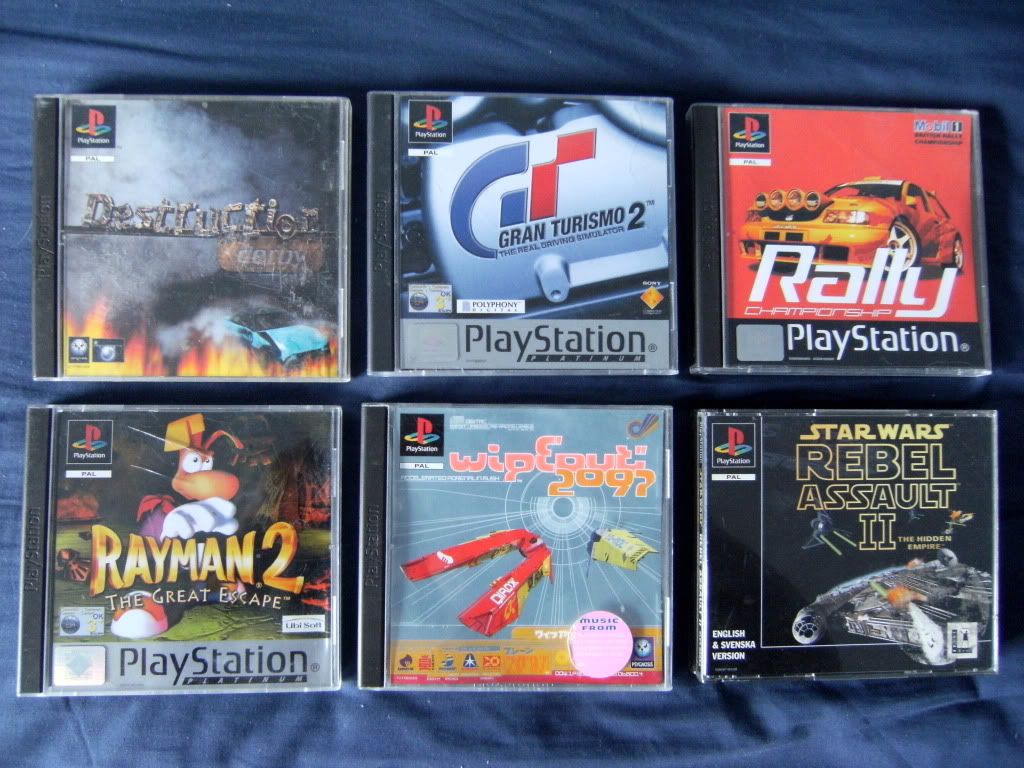
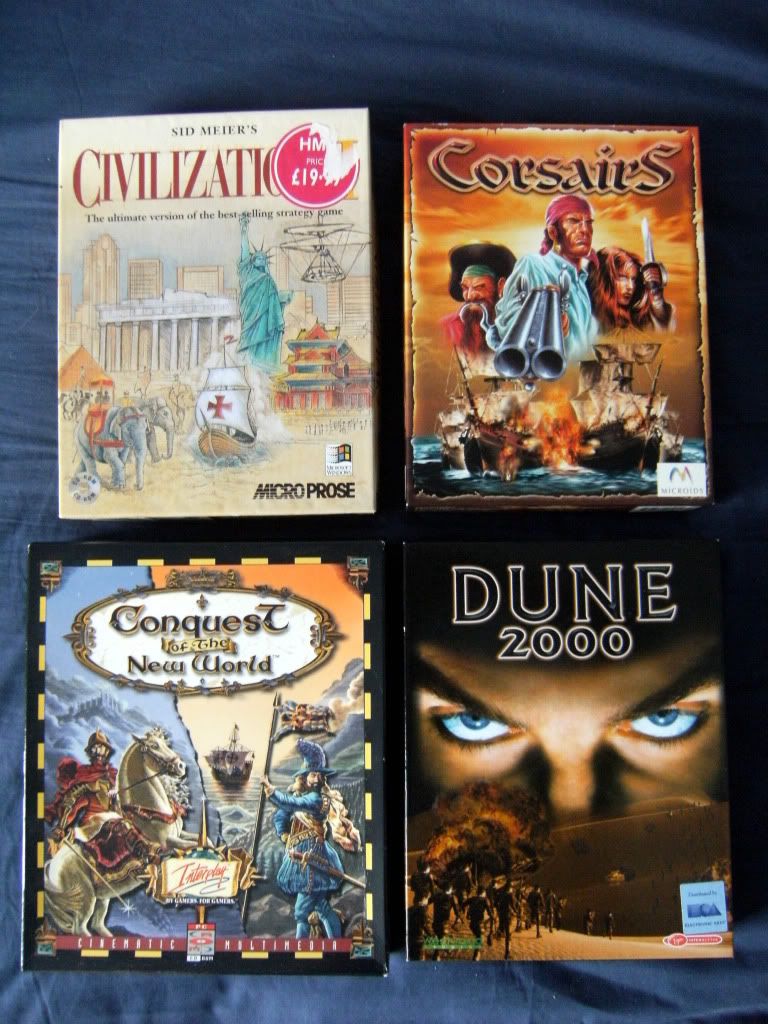
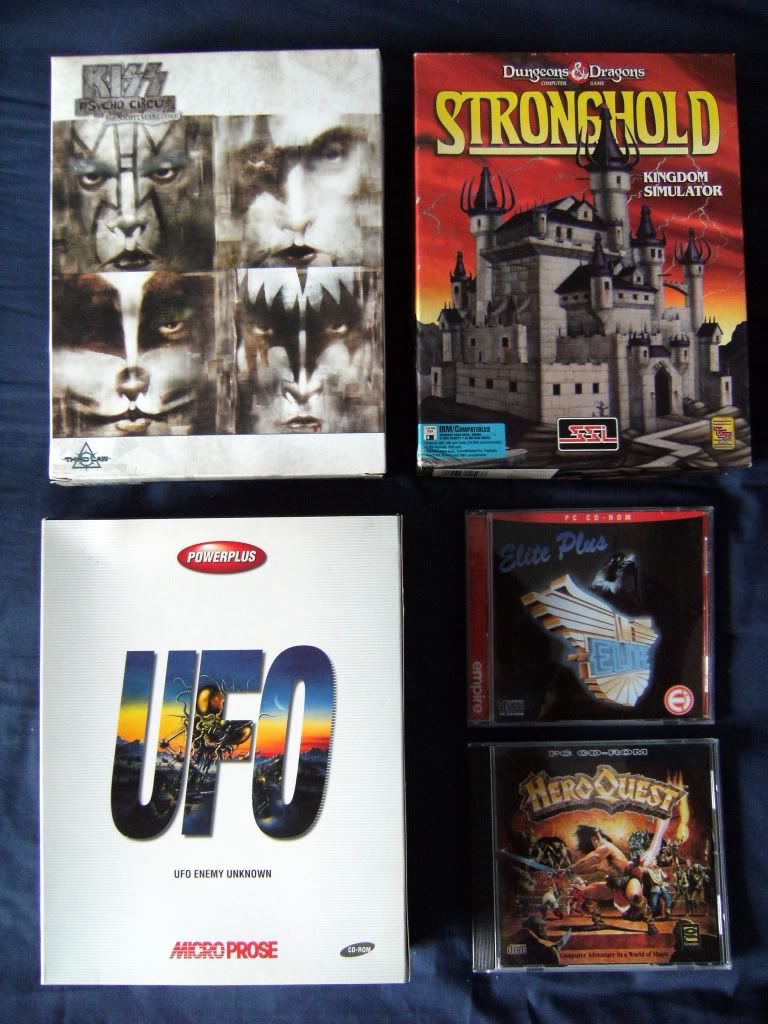

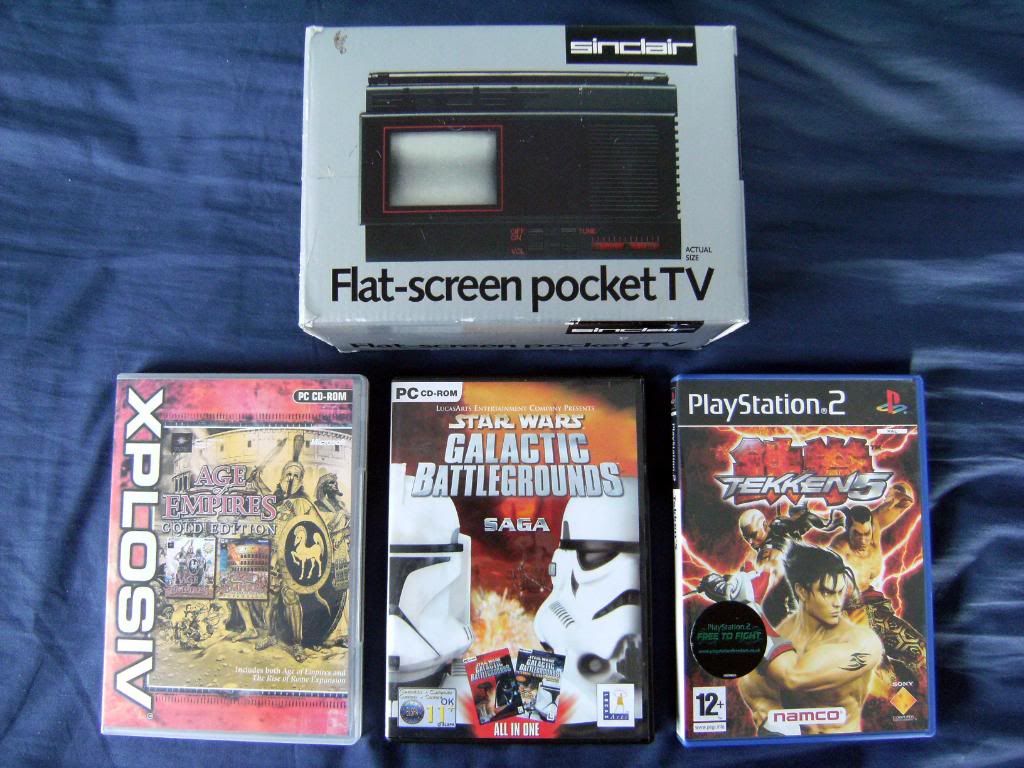
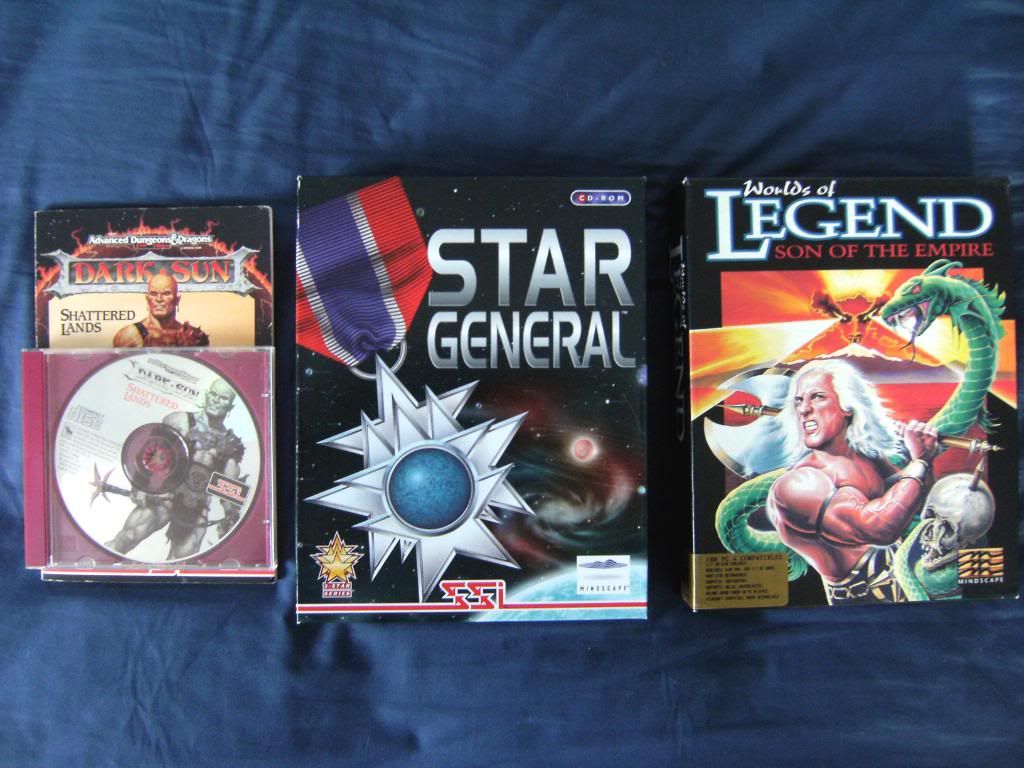
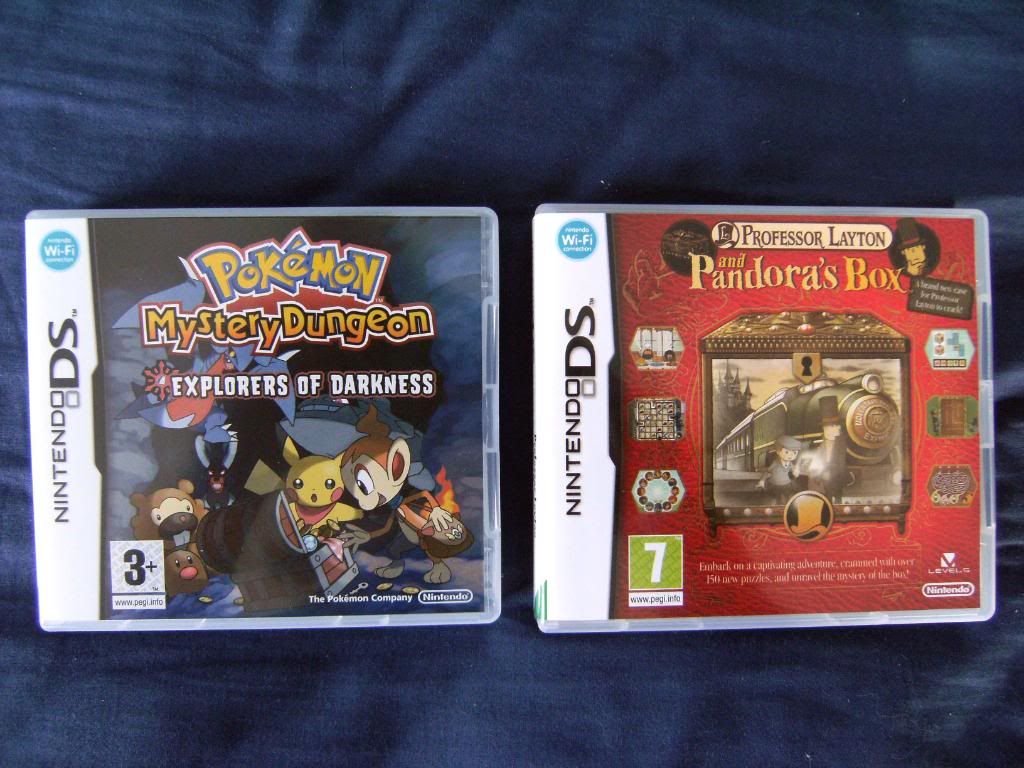
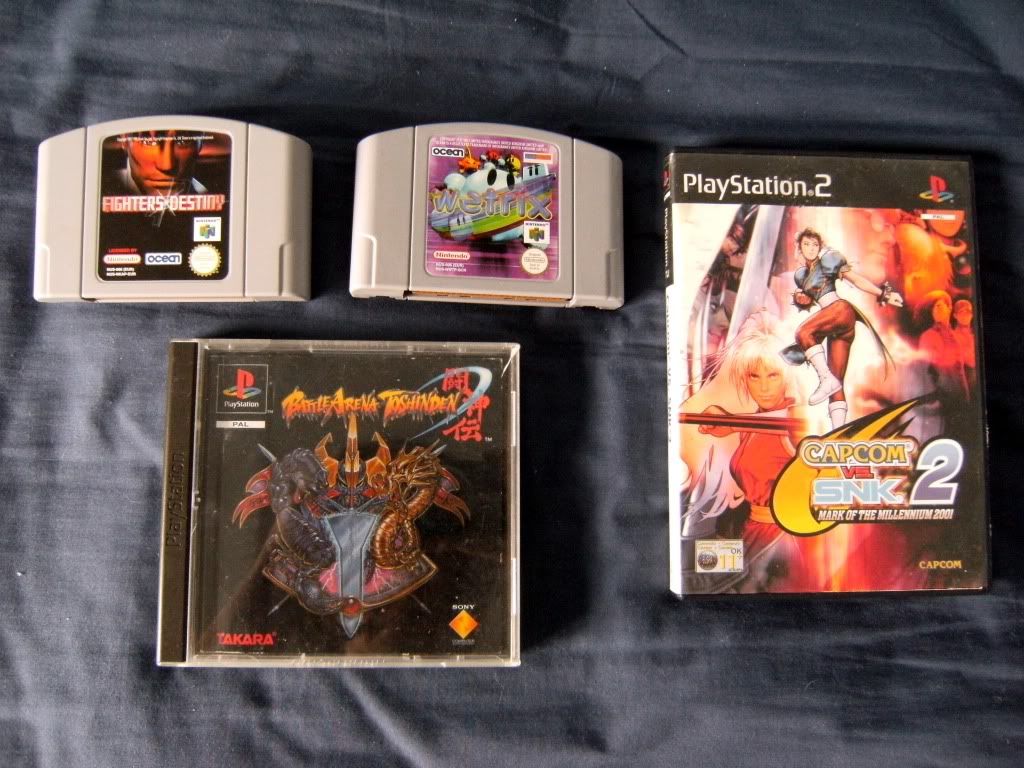
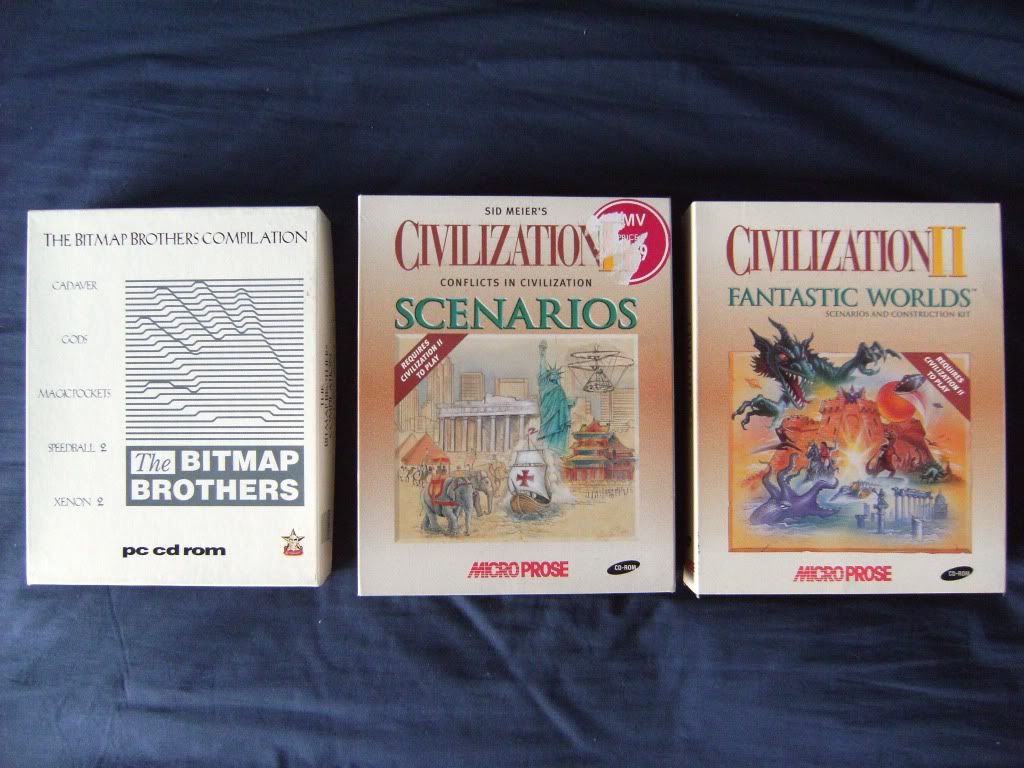
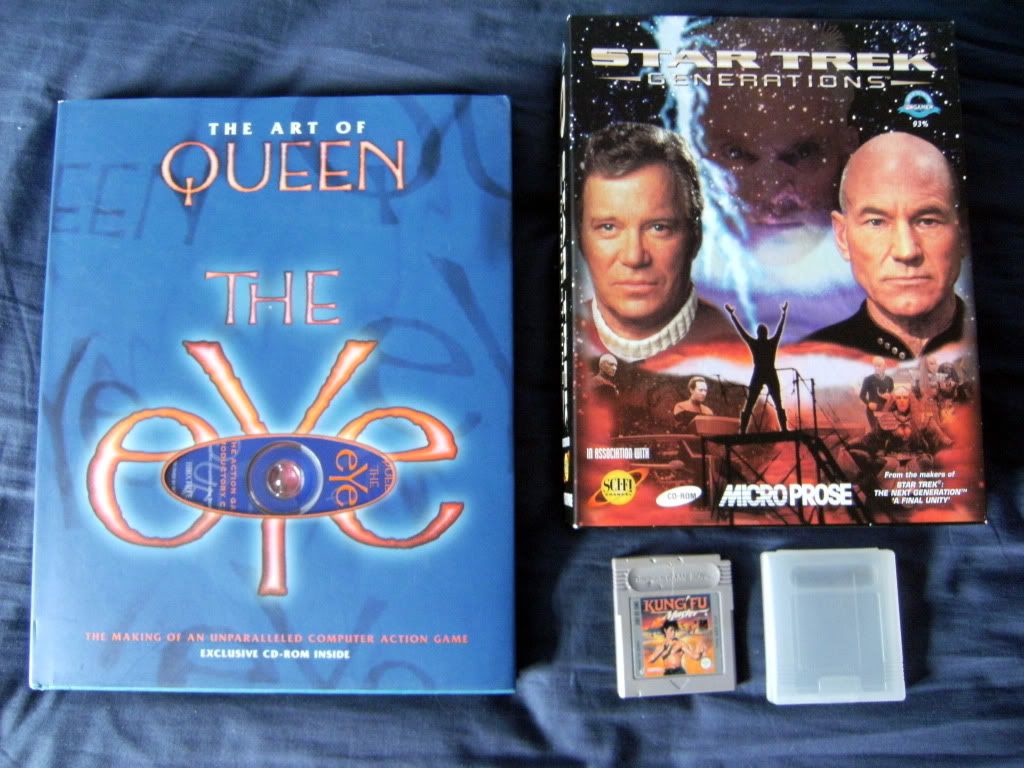
















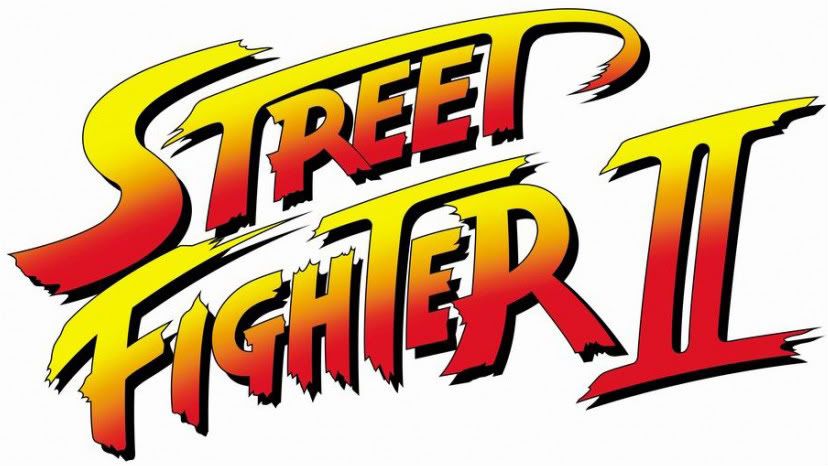
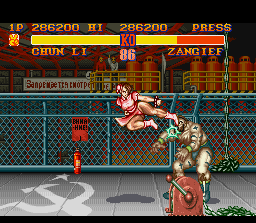 Street Fighter II was one of the first SNES games I ever played and as such it does hold a special place in my heart. I used to play it a lot back in '94/'95 – my best friend at school had a SNES and we would spend hours playing all the games I could never afford (I didn't have my own SNES until many years later). Street Fighter II was perfect for head-to-head action and as kids we revelled in the healthy competition. Neither of us were any good at the game, though we hardly noticed at the time, too focused were we on mashing buttons as quickly as possible - an approach I still take to fighting games, sadly.
Street Fighter II was one of the first SNES games I ever played and as such it does hold a special place in my heart. I used to play it a lot back in '94/'95 – my best friend at school had a SNES and we would spend hours playing all the games I could never afford (I didn't have my own SNES until many years later). Street Fighter II was perfect for head-to-head action and as kids we revelled in the healthy competition. Neither of us were any good at the game, though we hardly noticed at the time, too focused were we on mashing buttons as quickly as possible - an approach I still take to fighting games, sadly.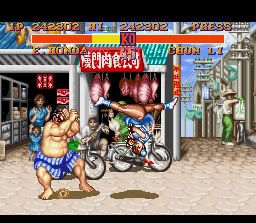 cool combos made possible due to the six-button control pad. Each character has three punch and three kick moves and some killer special moves. Maybe not as flashy as in other fighters, but deadly and effective.
cool combos made possible due to the six-button control pad. Each character has three punch and three kick moves and some killer special moves. Maybe not as flashy as in other fighters, but deadly and effective.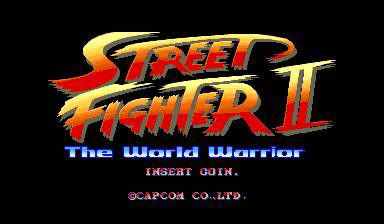
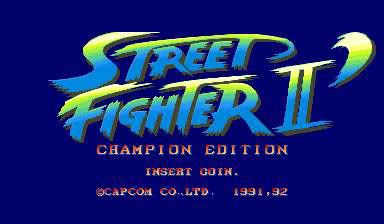
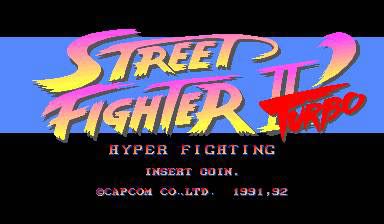
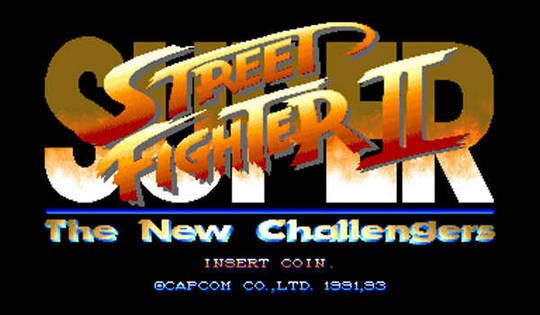
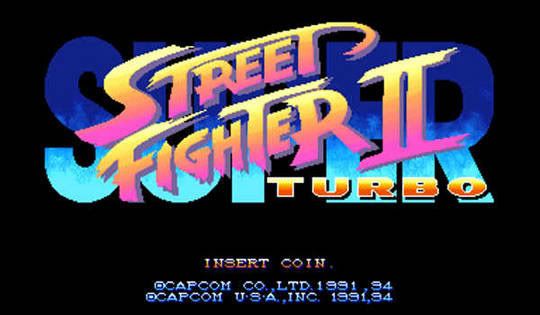
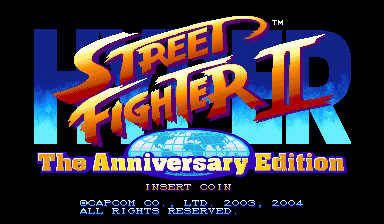
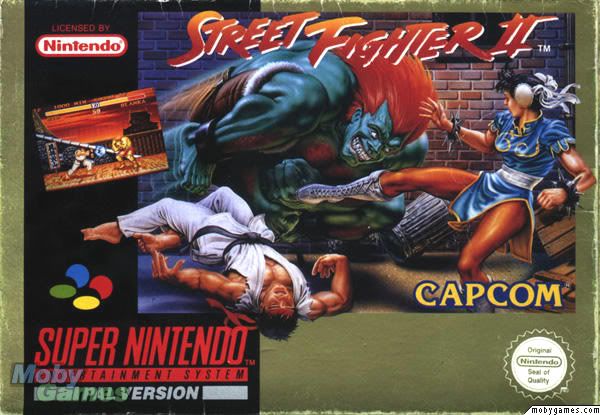

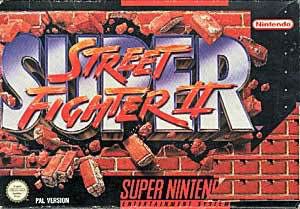
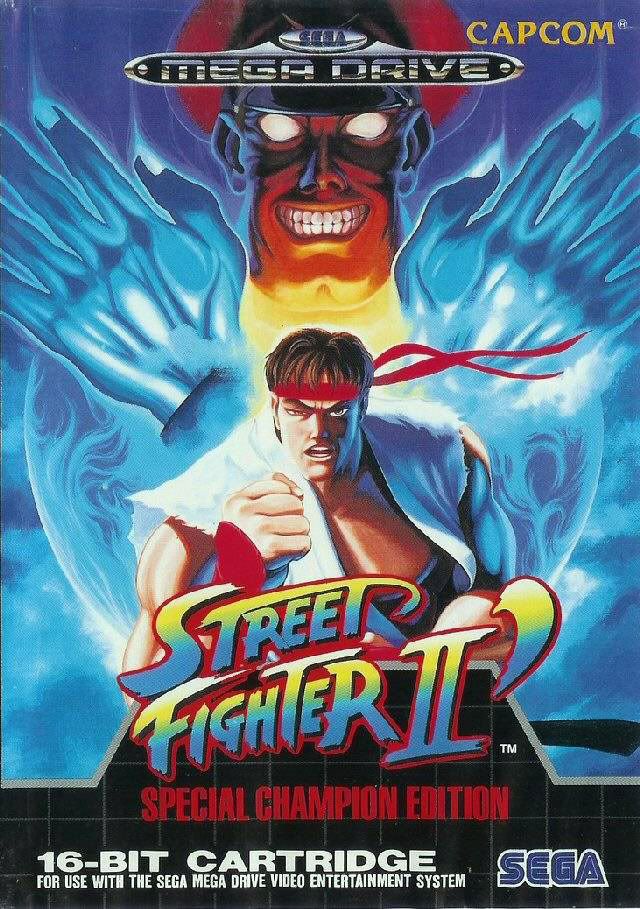
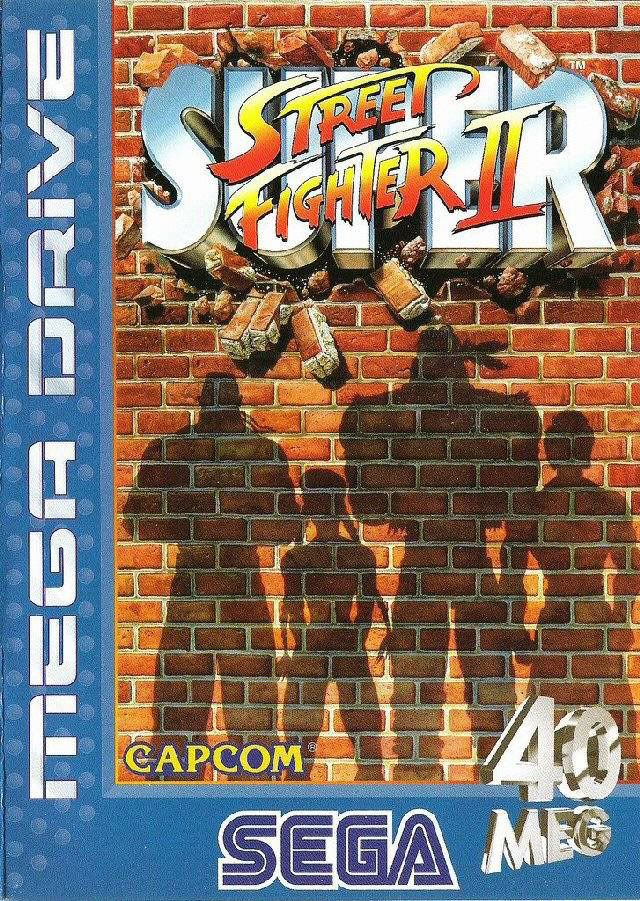
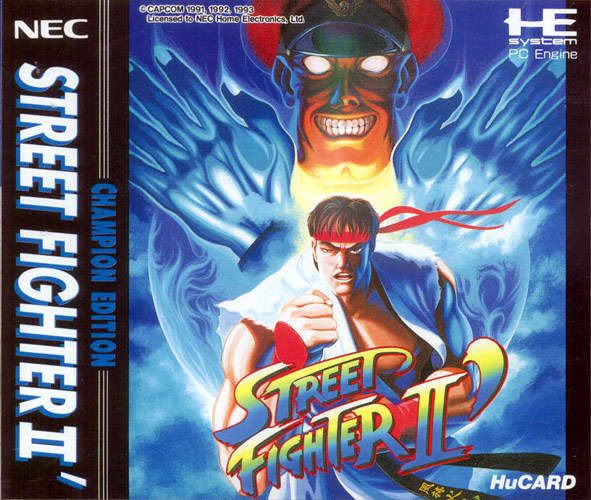
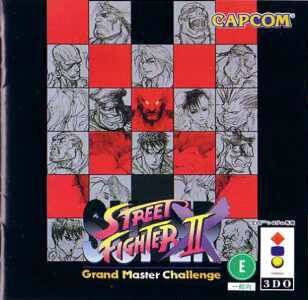
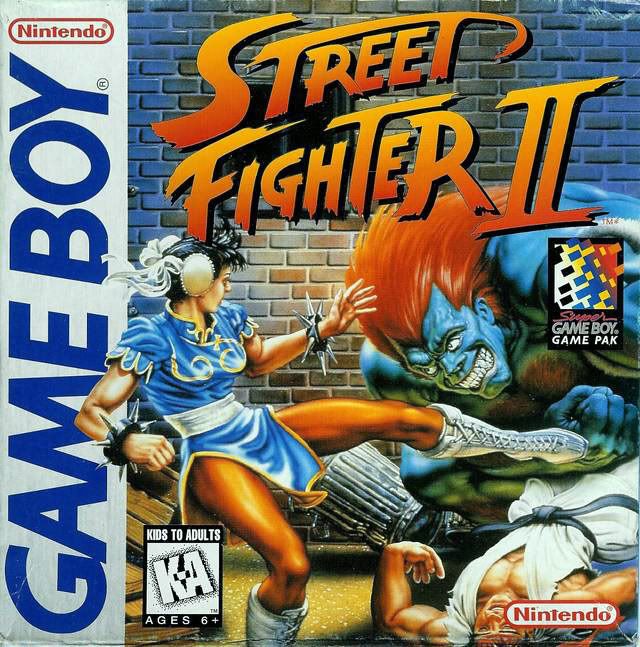
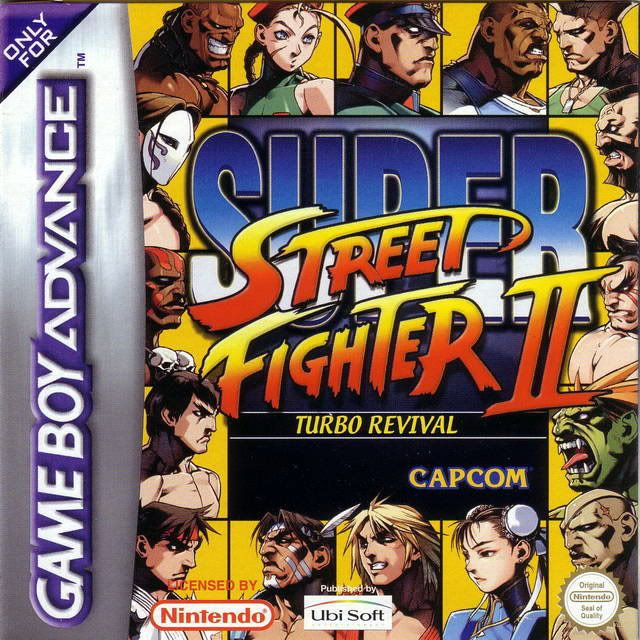
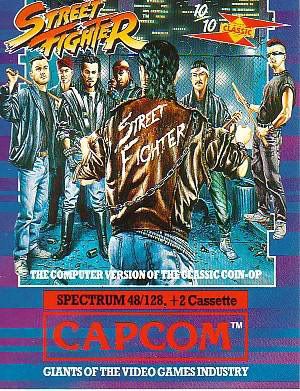
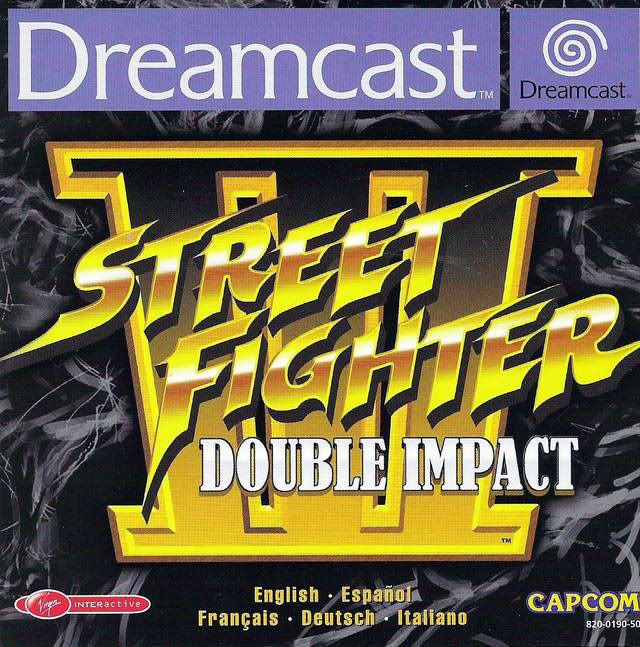
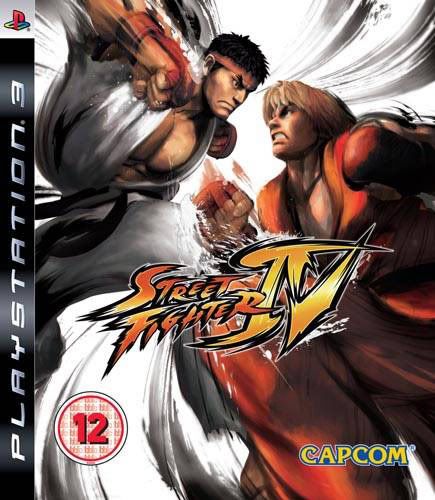
Log in to comment